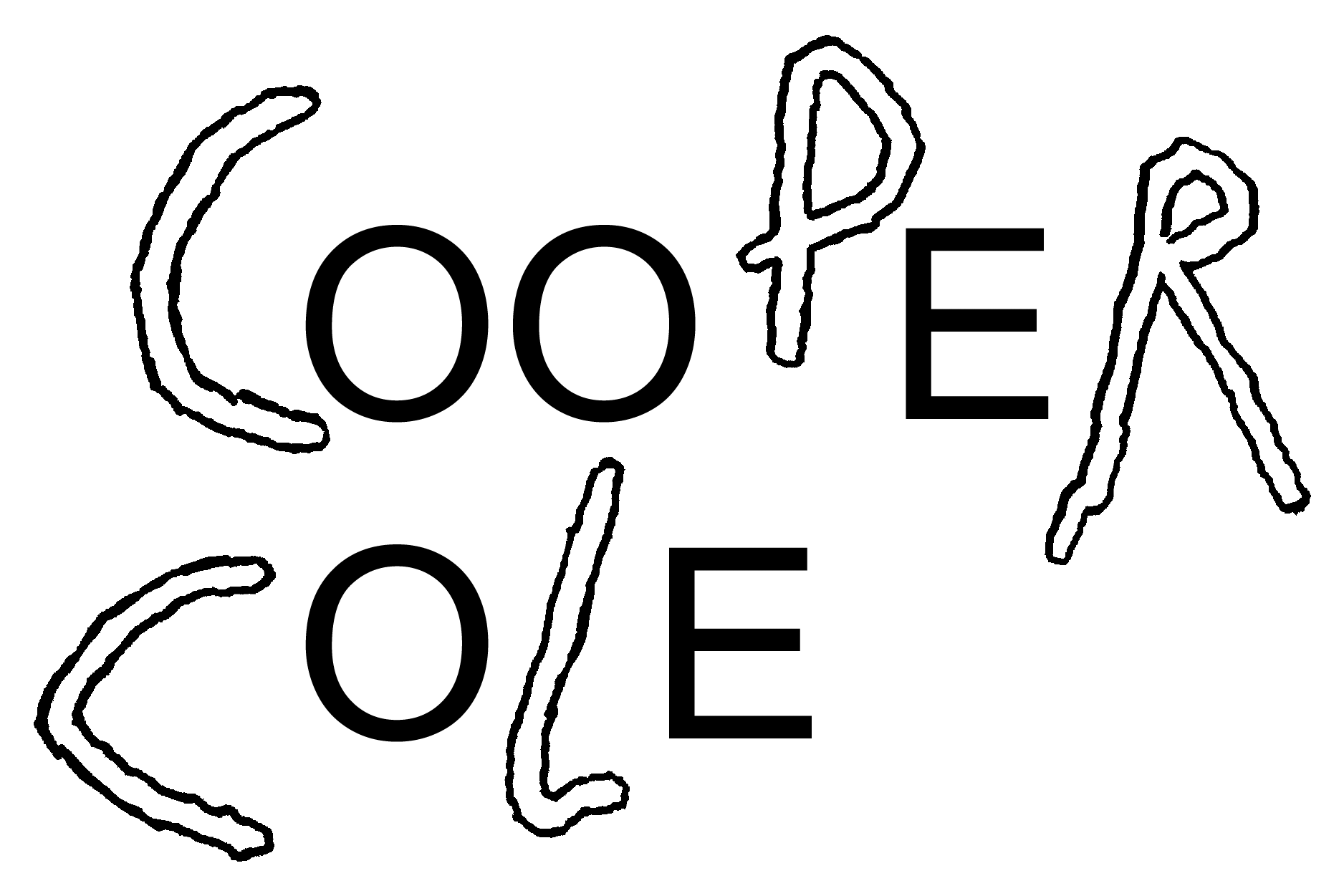


Opening reception: Saturday September 16 2017, 6-9pm
How deep is your love? is an exhibition organized by Jenine Marsh, who also contributes the following text.
Works by the nine participating artists are presented as relief. But here, relief’s definition is pulled back from the closed interiors of architectures and anatomies, to open up a space for other forms of life, and forms of contact:
PART I
thresholds
i follow the veiny route drawn across the back of my hand. no road is straight and the ink is getting smudged. but it leads me to the cathedral where i’m stopped at the outer walls. nearly every inch is thickly adorned with figures carved in relief. stone angels stand shoulder to shoulder with effigies of patrons and saints. some of their bodies protrude from the stone only halfway, others are compressed, nearly flat into the walls they are carved from. whichever way they are flattened or intersected, they are nevertheless understood as wholly rational, voluminous and complete bodies. it is accepted that their unseen, unsculpted backsides, turned shoulders and abbreviated depths continue beyond and behind sight, into space not limited by sculptural or architectural dimensions. but knowledge of what remains un-carved, of bodies fully present behind the surface, is a miraculous glimpse of the interior. inside the cathedral are more relief figures, draped in precious metals and jewels. but even in here all i see is adornment upon adornment, gilded surfaces that outline in gold a barred entrance to a greater interior. the saints survey us from behind relief’s veil, but all we can touch are the coarse images of our own production. I may enter only as far as the imagined backsides of these unearthly beings, and yet my trust in transcendence loses no depth.
ideals
how deep is the relief? is it raised or is it sunken? is it high or is it shallow? as the ornamental surface of walls and pillars, relief upholds the physical threshold between inside and outside, just as it divides the low world of corporeal physicality from higher metaphysical dimensions. while relief is the most perfect manifestation of surface’s dividing and separating capacities, any form of representation, even figures in the round, even living bodies, can uphold surface as an incontrovertible division, and so lay claim to an interior. why does michelangelo’s david have such a tiny cock? because he is a man of the mind, a higher being, who is not controlled by the body, the sexual, instinctual manimal. His small package demonstrates a man physically divided from what he abhors, a man in control of his own destiny. but why only shrink it when you can cut it off? viennese architect adolf loos condemned and rid his work of all exterior ornamentation. in his manifesto of 1908, loos proclaims “the evolution of culture is synonymous with the removal of ornament from objects of daily use.”1 ornamentation is useless, uneconomical and distasteful to modern man, and it belongs to those racialized and gendered others who are deemed primitive, childish, degenerate, erotic and amoral. his architecture did away with the texture and imagery of relief, but could not dispense with the structural necessity for surfaces. and in their idealized, purist divisions of space, these surfaces essentialize the still pervasive western ideal shared by both moderns and ancients, of a metaphysical, unassailable, masculine interiority. how deep is the relief now?
gates
from ancient greece to loos, relief’s threshold could not be crossed. but in 1917 a gate was built. when auguste rodin was commissioned to construct the entrance to a yet un-built museum, he set out to narrate the inferno of dante’s divine comedy on a multi-paneled relief doorway. but after thirty-seven years of tireless working and reworking, his gates of hell had become an unbroken plane of nearly two-hundred figures, writhing, stretching and crumpling over each other in grief, pain and ecstasy, in no linear or narrative order. the bodies expand, contract, bend and multiply in unreserved excess of any known rational anatomy. and the surface itself is no dividing veil. “for the first time,” writes rosalind krauss, “in the gates, a relief ground acts to segment the figures it carries, to present them as literally truncated, to disallow them the fiction of a virtual space in which they can appear to expand.”2 the bodies are sliced through, halved and then conjoined with the surface of the doors themselves. as transformations of a pliable slab by tool and hand, they are coexistent with the event of their process. of this seething skin of many partial bodies, rodin is only one, and i, another. however, these gates are impenetrable; at the time of his death the doors had never been cast in bronze or set on hinges, and the museum for which they were commissioned was never built. physically or otherwise, this passage will never be crossed. but because the gates’ dislocated surface does not function as a divider or a threshold, it denies the assumption of transcendence. there is no other dimension from which to emerge, and we suffer no separation from these bodies. the ecstatic inferno is here, only here, at the surface.
PART II
anatomies
i imagine that i live in my body, and what i call my sense of self is located somewhere in my head. the brain’s most recent evolutionary addition, the cerebral cortex, is an undulating surface of grey matter only 2-3mm thick, held up and out by a thick mat of white matter. below are the more primitive cerebellum and brain stem. the nodes and folds of the cerebral cortex relate to different functions of the evolved human life and body. what happens on the body’s outside surface –bump the elbow, bite the tongue- is replicated and compressed onto this bunched up interior surface, this wrinkled grey attic office. sensations are delivered here to be configured, compared, preserved, like flowers pressed in a book, arranged into flat bouquets of language and image. and I call this cramped attic, this dry garden of flat files, life, self, i. how strange it suddenly seems, how bizarre, that the mind should house my sense of self, when the brain can’t sense, having no nerve endings of its own. no wonder the heart and the stomach and other vaguer spaces of the interior have also held executive positions in the many other human anatomies.
motives
one view of life sees that its sole purpose, its defining feature, is to reproduce genes. genes want to survive, and so our bodies obligingly, stupidly carry them forward through birth and reproduction, all the while naively believing that life is, begins, and ends with consciousness. but underlying all our ambitions and desires is the unconscious imperative to survive genetically, beyond the body’s brief lifespan. the gene’s compulsion determines life’s only viable activities: eat, sleep and procreate. and to create or enter a societal system in which these needs can be met: job, house, kids. a recipe for survival. all the outward appearance of life is only the gross manifestation of the gene’s drive to replicate. when life means survival, it can seem either self-fulfilled or impossible. those who will not succeed in these terms, those who are without, and those who live on the edge, might be expected to ask, i’m alive, aren’t i? but when i hear that my motives, though thinly veiled by the flowery narration of my consciousness, are essentially genetic, i protest, mind over matter, my life is my own, i have agency and it is i who survives, not my genes. but then to hear the claim of great achievement reached only through conscious effort, i protest, success often stacks unearned privilege upon privilege, instrumentalized through that recurring gift of the neanderthal; a brutal adherence to individualistic survival. i’ll have neither one nor the other – neither evolution nor volition. how can life be lived, between these two ulterior, inferior, interior motives? while genes replicate and ambitions multiply in the interior’s depths, on the outside other kinds of plurality grow wild.
anomolies
here at the periphery of the interior is the near-outside. the body’s near-outside is the skin. like snails, our skin salivates a self-lubrication of salty and bitter secretions. and like snails, who lay down a road of mucus underfoot on which to glide, we make our way through the world with our skin; “i am a creature of the mud, not the sky.”3 the prints of fingertips, the soles of the feet, the rods and cones of the retina, the drums of the ears, the membranes of the nose, the buds of the tongue, and the folds of sex, together form a porous interface between interior and exterior, a bristling carpet of nerve endings and sensors. lights, sounds and scents reach me from a distance, while textures, tastes, bumps and scratches must come closer. what does it feel like to imagine myself not as an internally contained volume, but instead as an extroverted, edgeless surface? i as a surface held up and made mobile by the flesh and bones of the interior. i as an out-side, which is also not i, stretching to share the out-sides of numerous other bodies, things and spaces. and could this visceral confusion between what is and isn’t self be embodied as a style of being? if “volume produces surface that in turn enables the potentiality of human presence and occupation”4, then has the interior’s sole function all along been to create by exclusion an exterior surface? but i must go further than this. this skin can be stretched. stretched and peeled.
PART III
appendixes
imagine a body whose interior has become vestigial, all the guts a giant appendix. imagine a body whose insides might be exorcised, discarded like foul water from a vase. imagine a body with no body at all, a body made up of surface. there is a new urge to chop and to cut. a violent impulse to undo the harm of containment. to turn this anatomy over, to gut, and to empty out like a pocket. let it bleed, spill and empty, staining and stained. to be flayed from what has become vestigial. i am an out-side, and i live in the wastelands with the outcasts and strays. but can I survive without an inside place to put myself? where “the formula ‘know thyself’ has become obsolete”, “who can endure constant open-endedness? who can keep on living completely exposed?”5 will i fall apart? or can a sense of self be reversed, to be instead a self of sense?
wastelands
at the periphery of the interior are the outskirts, empty lots, road-side wastelands and ruins of vanquished industry. it smells like train oil and car oil and rust and grass shoots. it sounds like crickets, gravel underfoot and distant traffic. in these seedy conglomerates of abandoned and overtaken, unwanted things chaotically pollute and populate. strayed things. dispossessed things. furniture fallen off of trucks, wheat fallen out of freight trains. things lost and thrown away. bad pets and bedbugs are evicted here, away, to wander, forage, trespass and loiter. things adapt quickly at the edge of civilization and civility, where ferality is contagious. mongrels roam for scraps, they fight and fuck, trading fleas. they sleep under heaps of choking vine and thorn and barbed wire tendrils that let loose lazy flights of seeds. from a soil of crumbled pavement and rotted fenceposts, scentless flowers raise their faces to the pollinators, and red ants sample their acidic nectar on bobbing heights. songless birds make nests of shredded newspaper and phonebooks up in the power lines. outside of anyplace, this space belongs to no one, and everyone is squatting. exorcised from the air-conditioned city, i feel the sun burn my skin, burrs catch thick at my shoelaces, and i leave my prints in the dusty earth.
1. Loos, Adolf. “Ornament and Crime.”The Architecture of Adolf Loos: An Arts Council Exhibition. London: Arts Council, 1985. 100–103
2. Krauss, Rosalind.Passages in Modern Sculpture. Cambridge: TheMIT Press, 1981. 23
3. Haraway, Donna. When Species Meet. Minneapolis: University of Minnesota Press, 2008. 3
4. Cheng, Anne Anlin.Second Skin – Josephine Baker and the Modern Surface. New York: Oxford University Press, 2011. 30
5. Minh-ha, Trinh T. “The Body in Theory”.Woman, Native, Other. Writing Postcoloniality and feminism. Bloomington: Indiana University Press, 1989. 264, 260
~
For more information please contact the gallery:
info@coopercolegallery.com
+1.416.531.8000

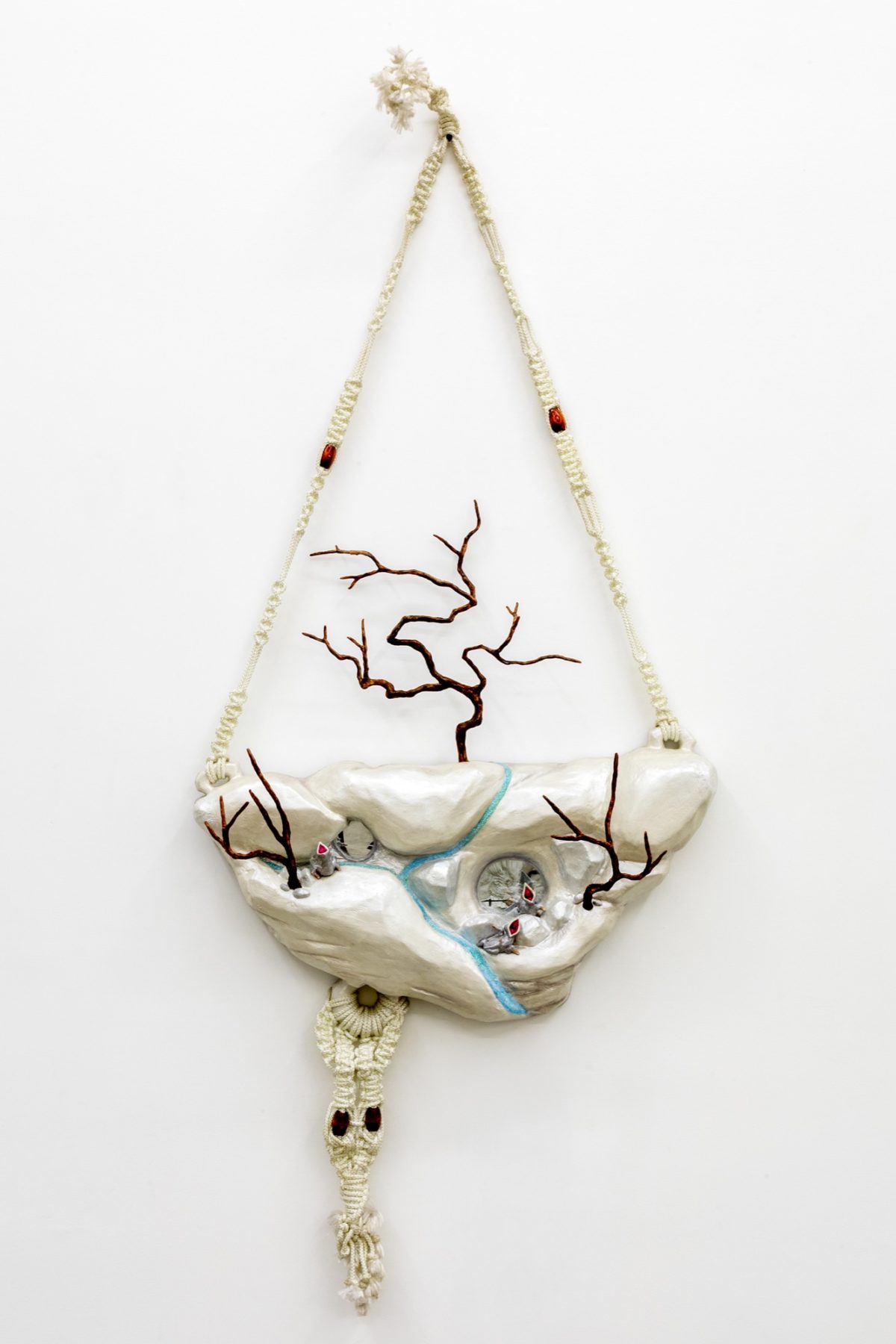


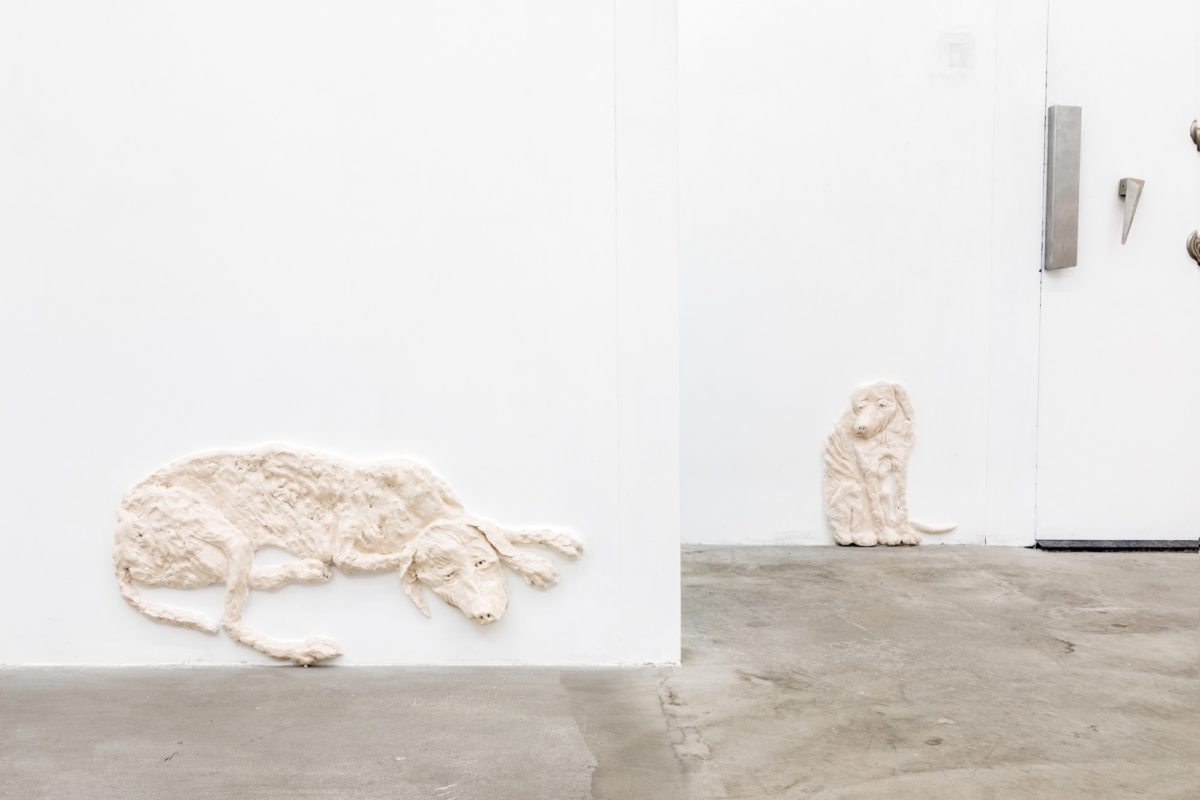
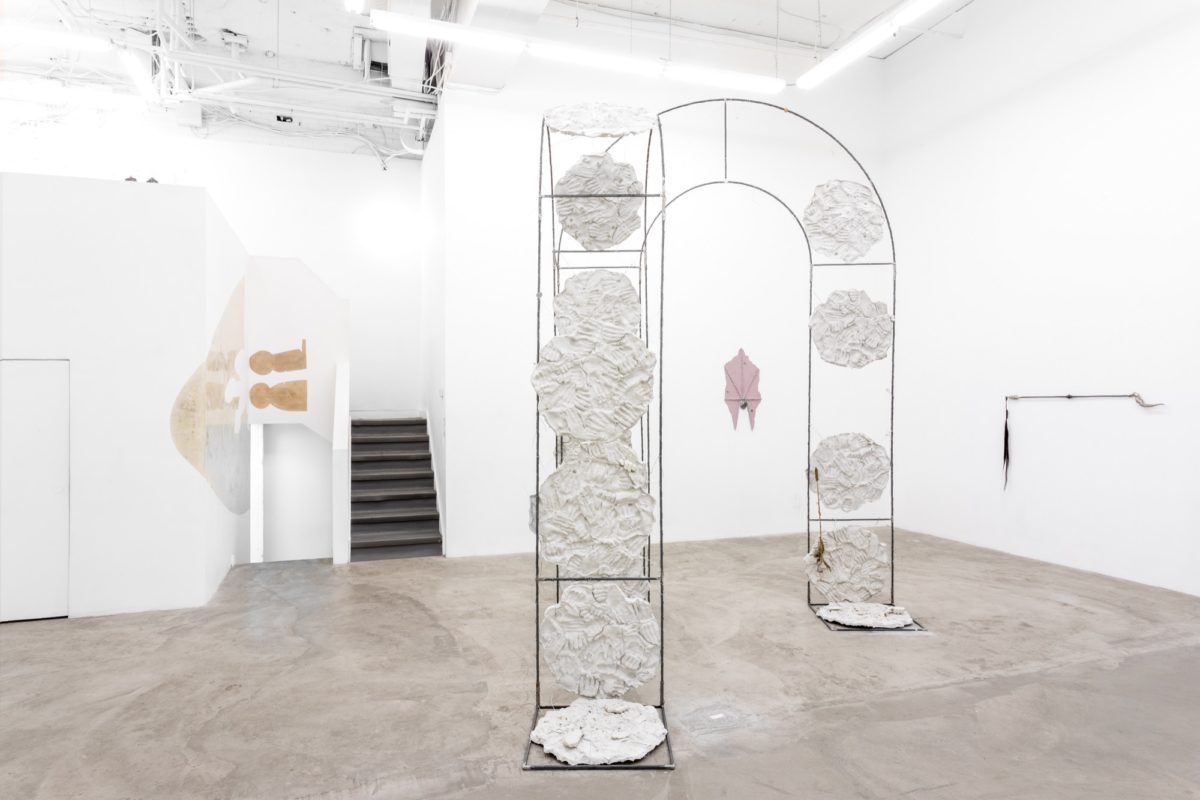


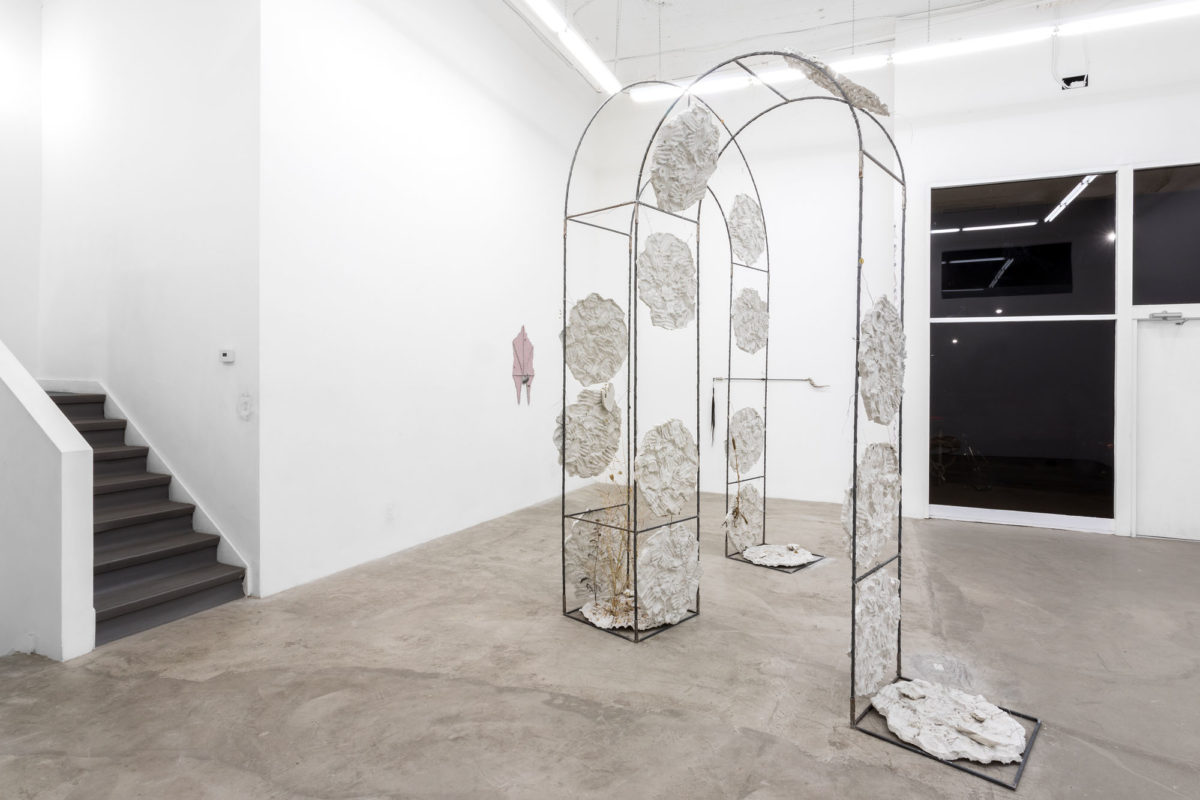

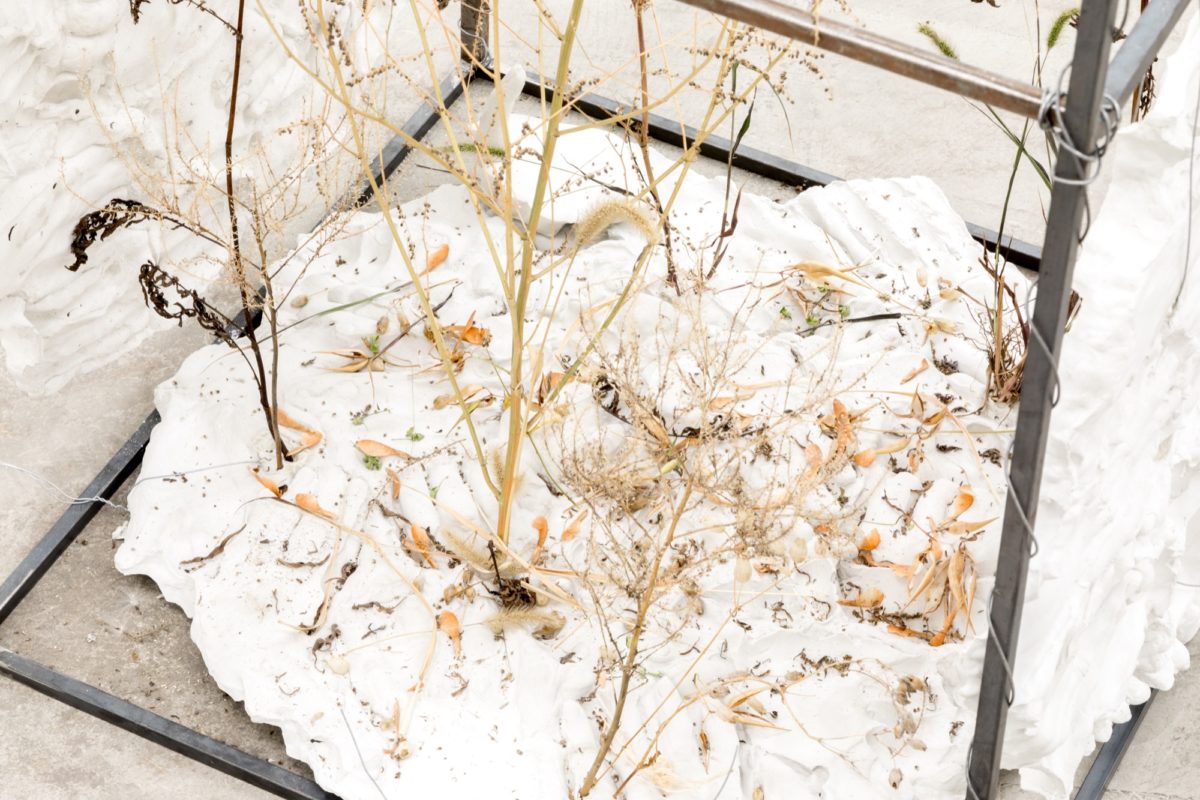
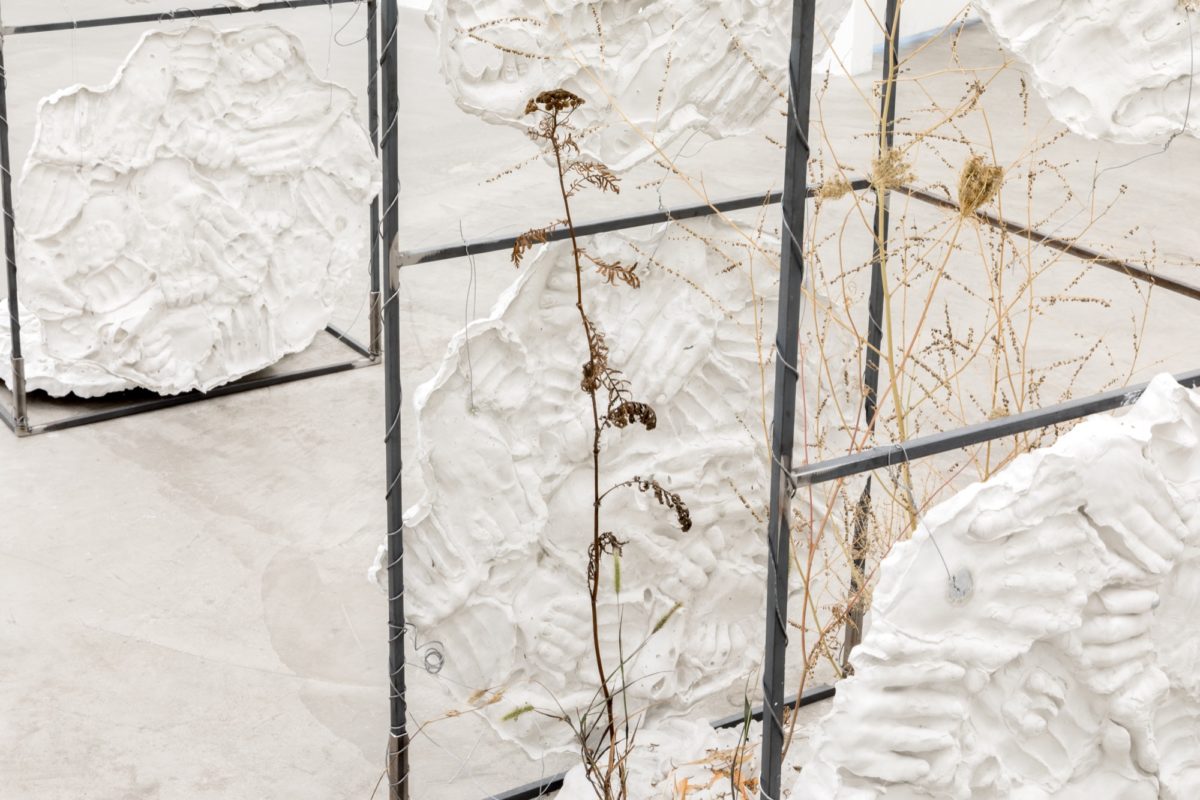
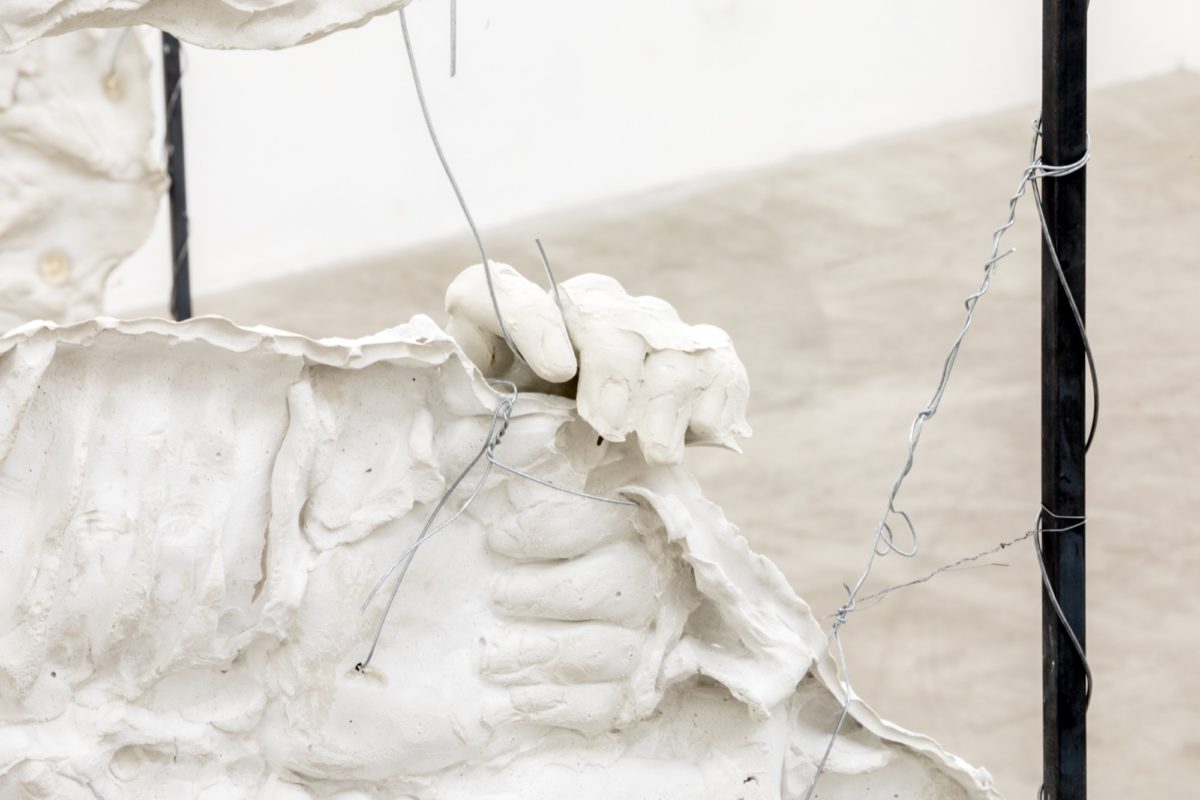
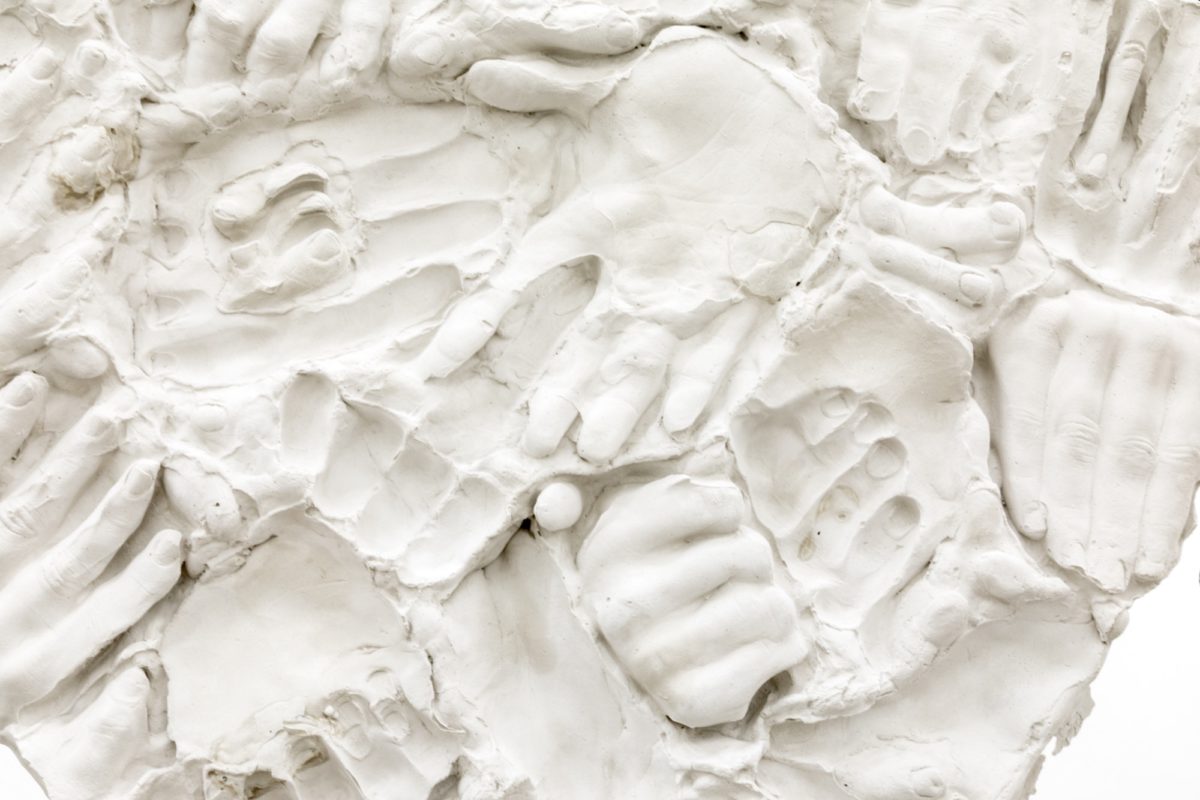

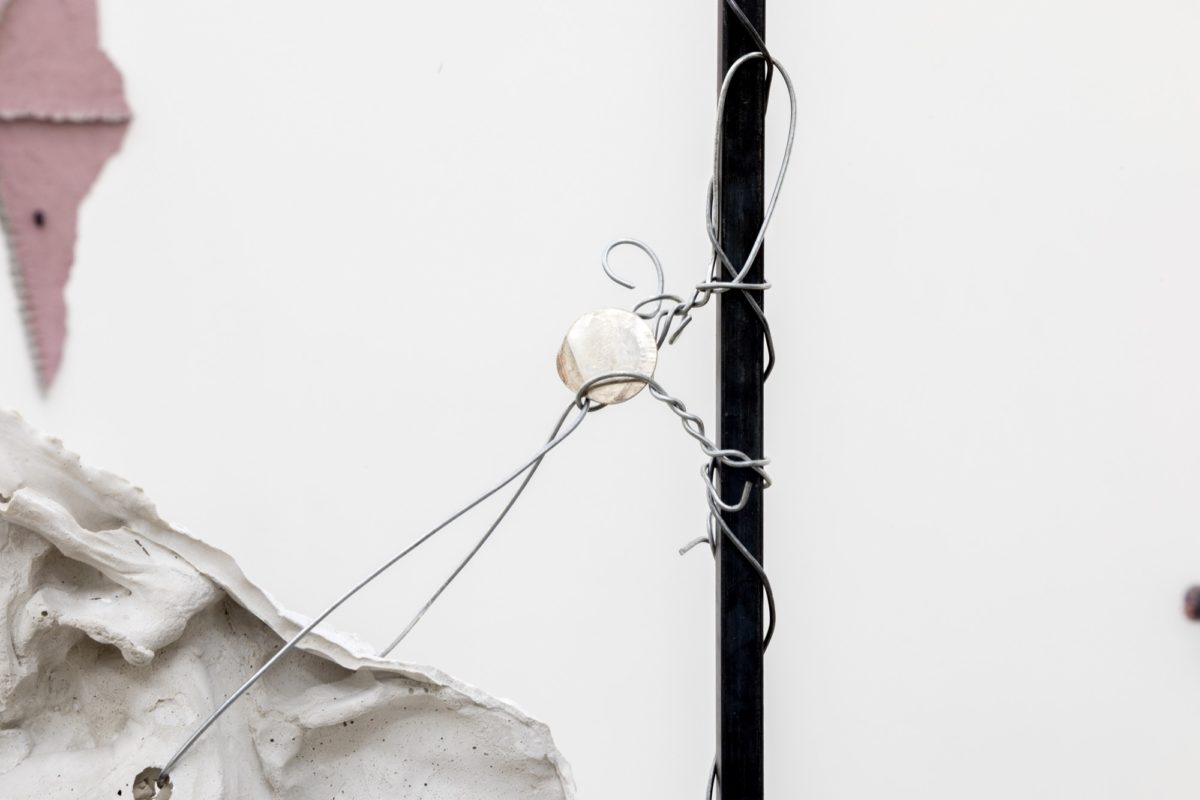

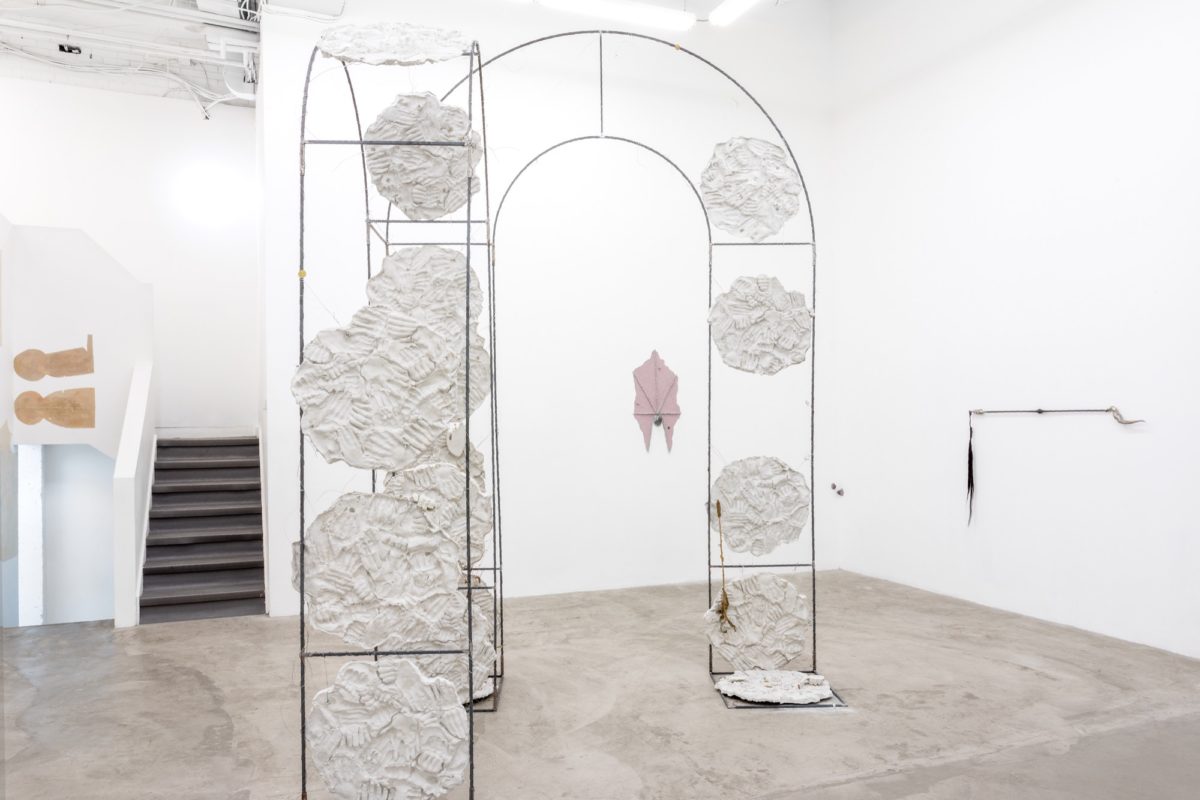
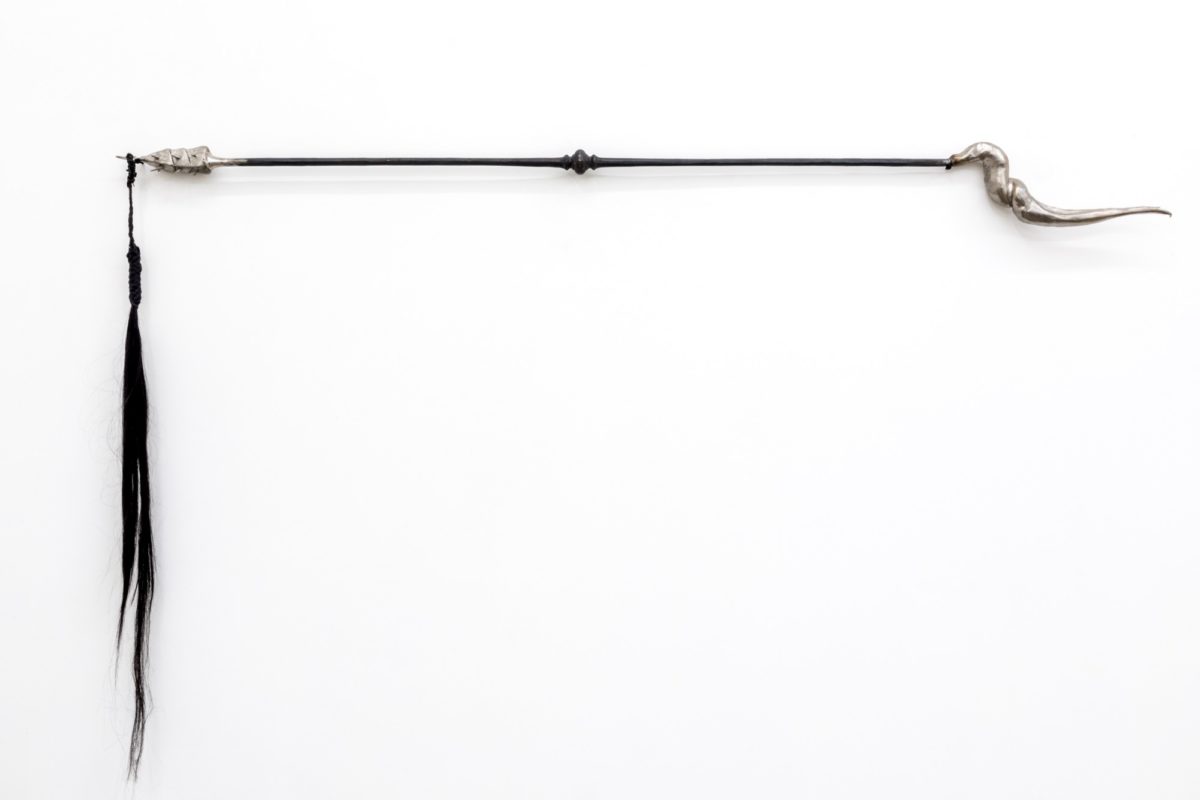

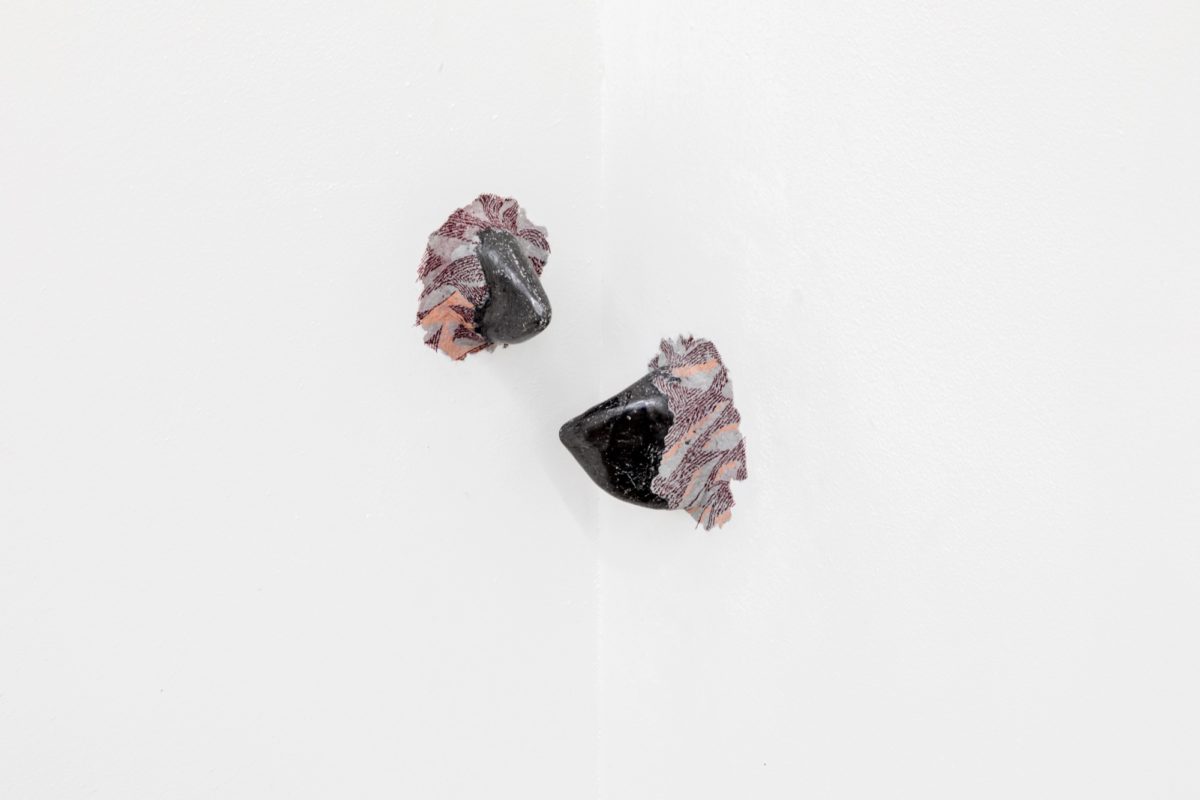


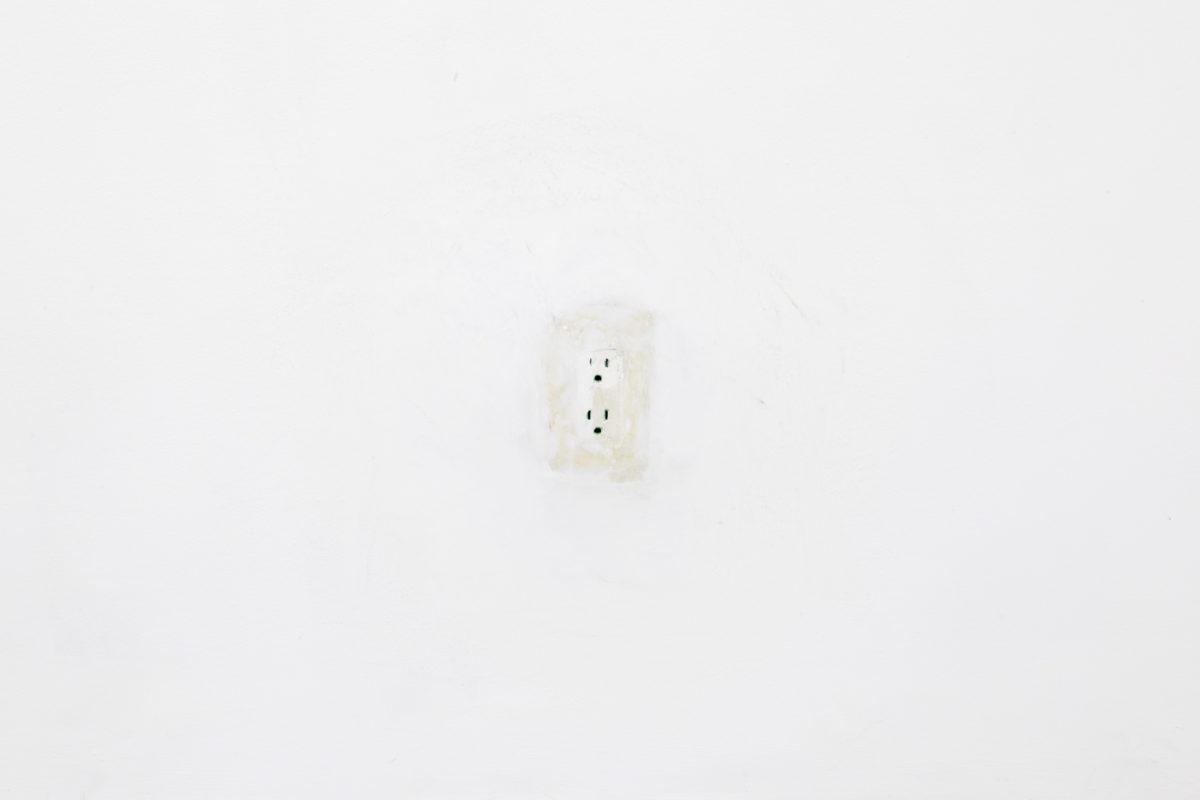
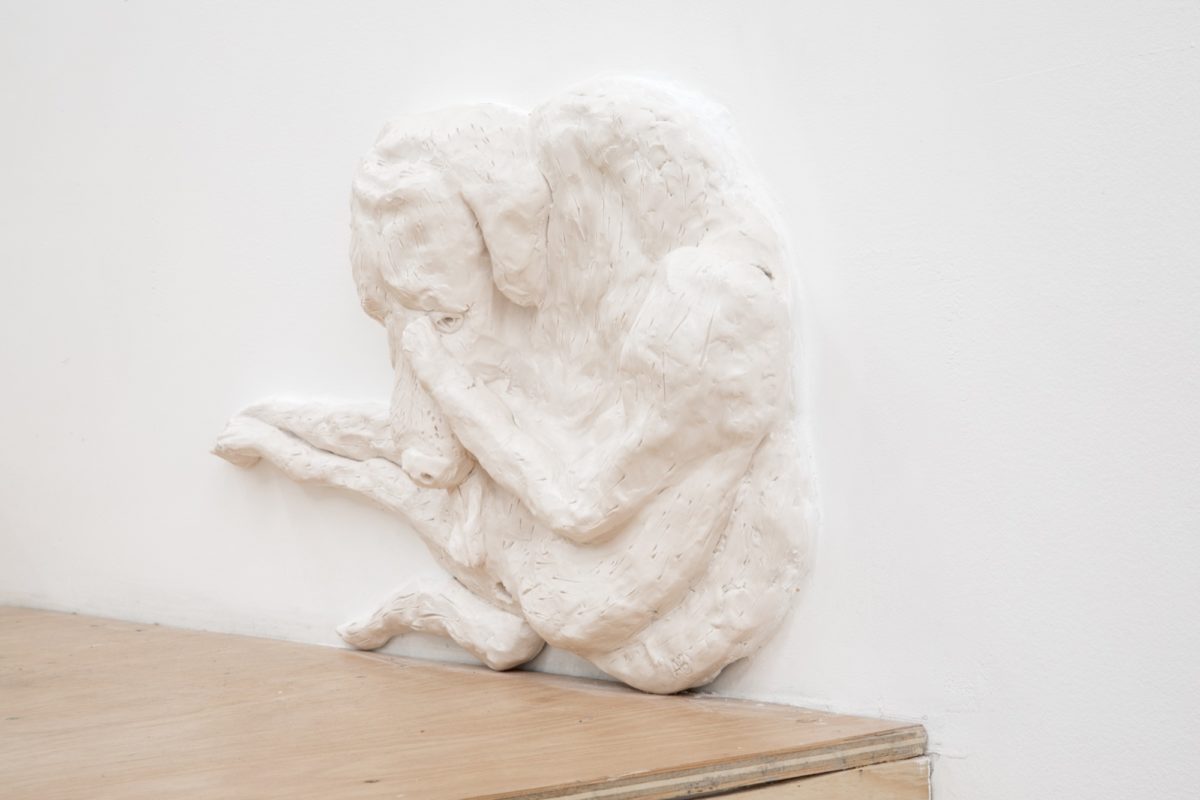


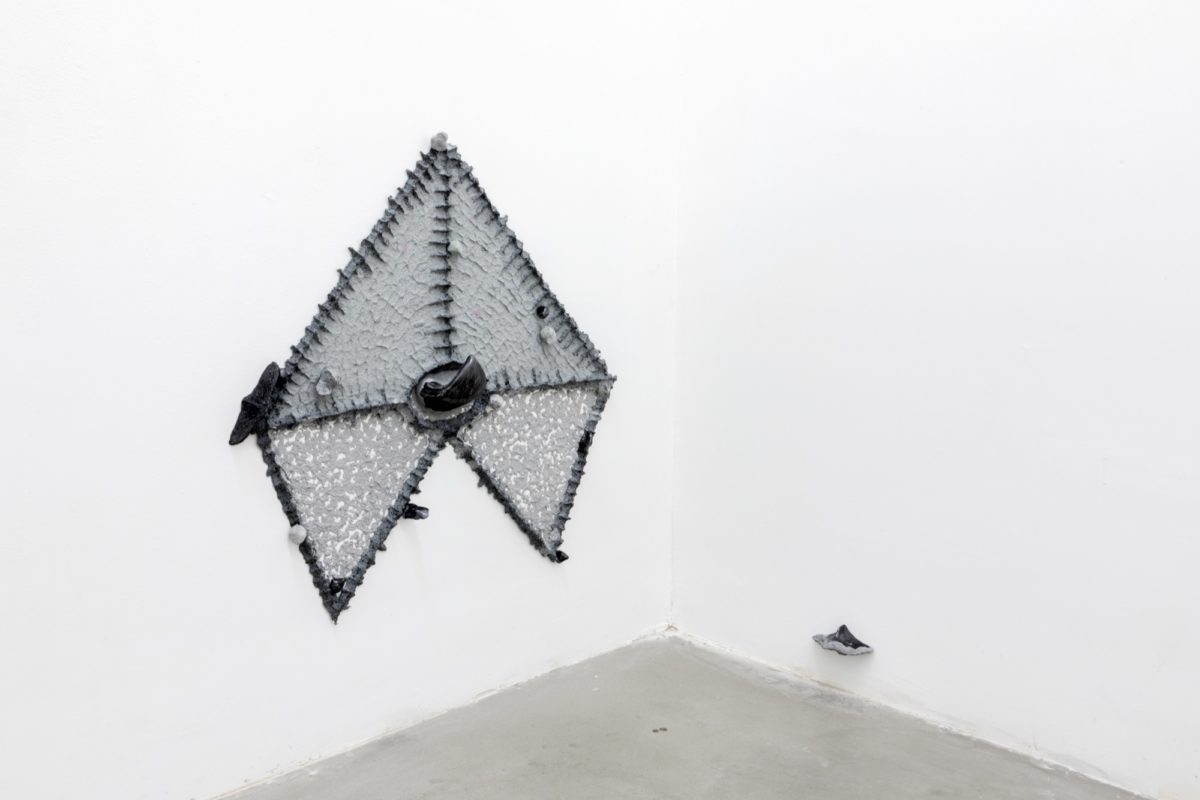
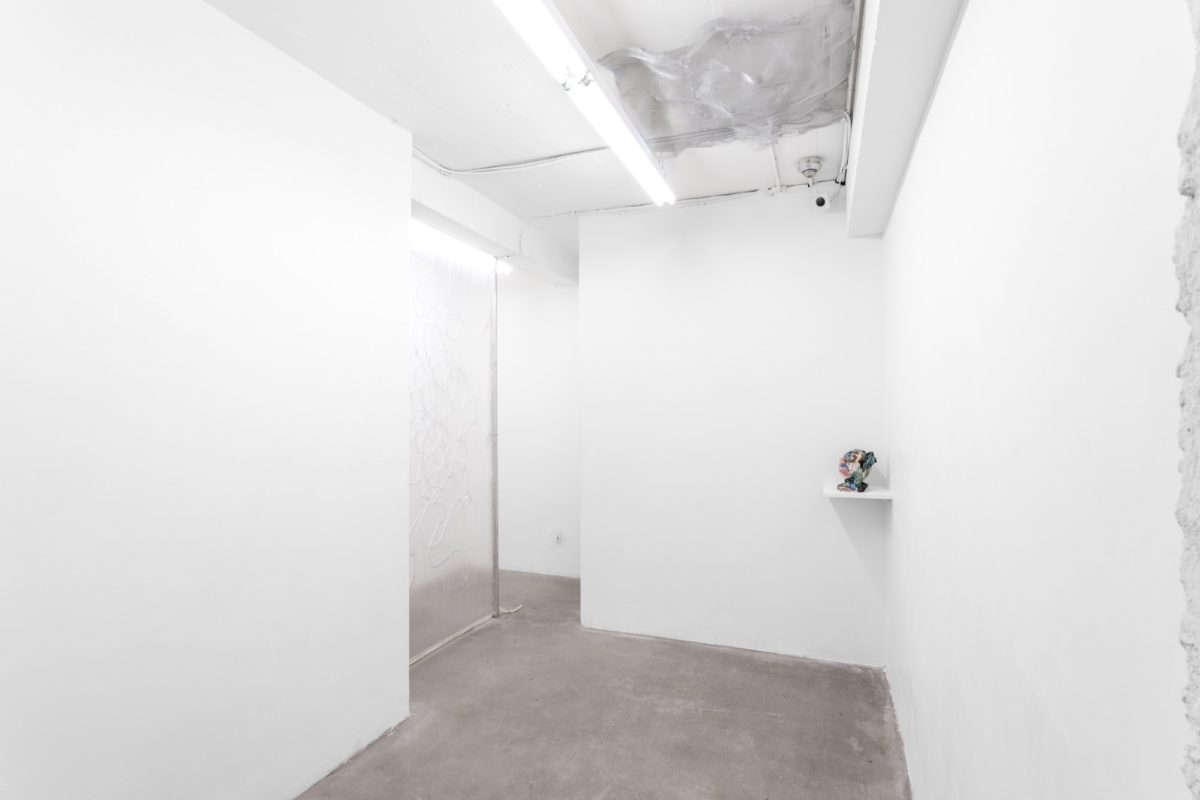
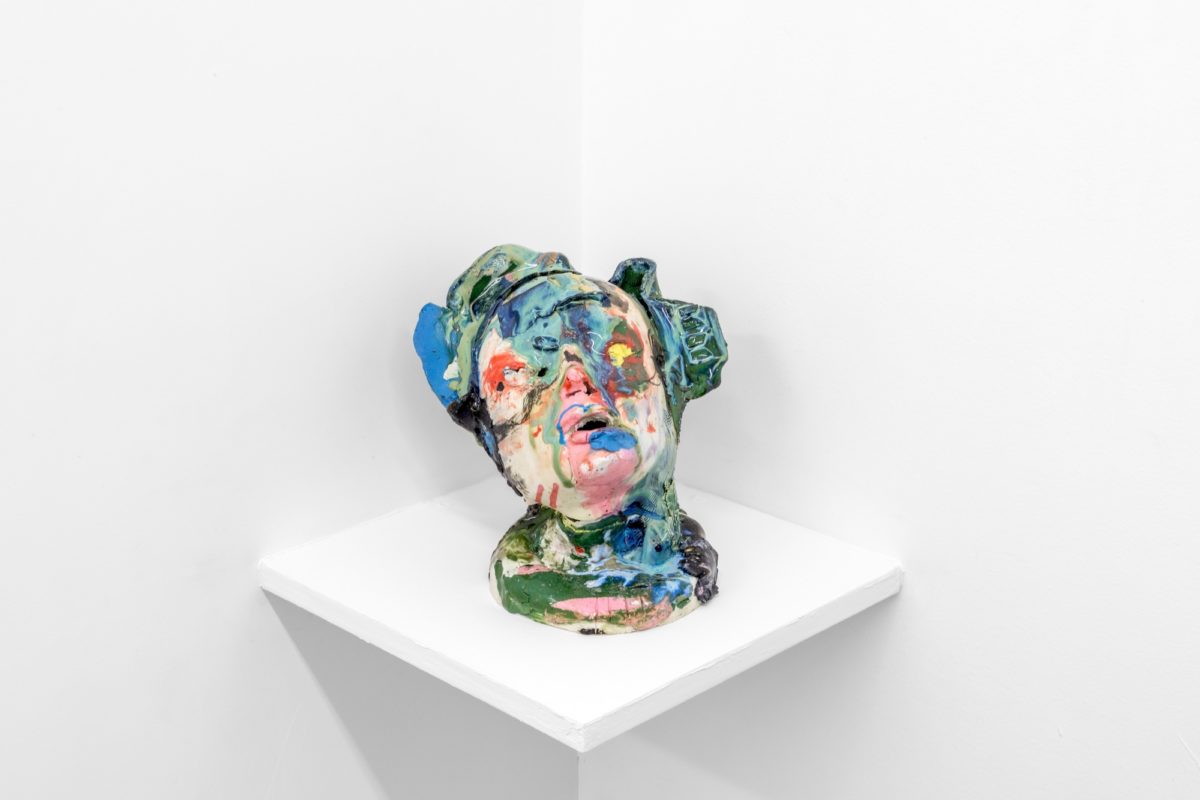
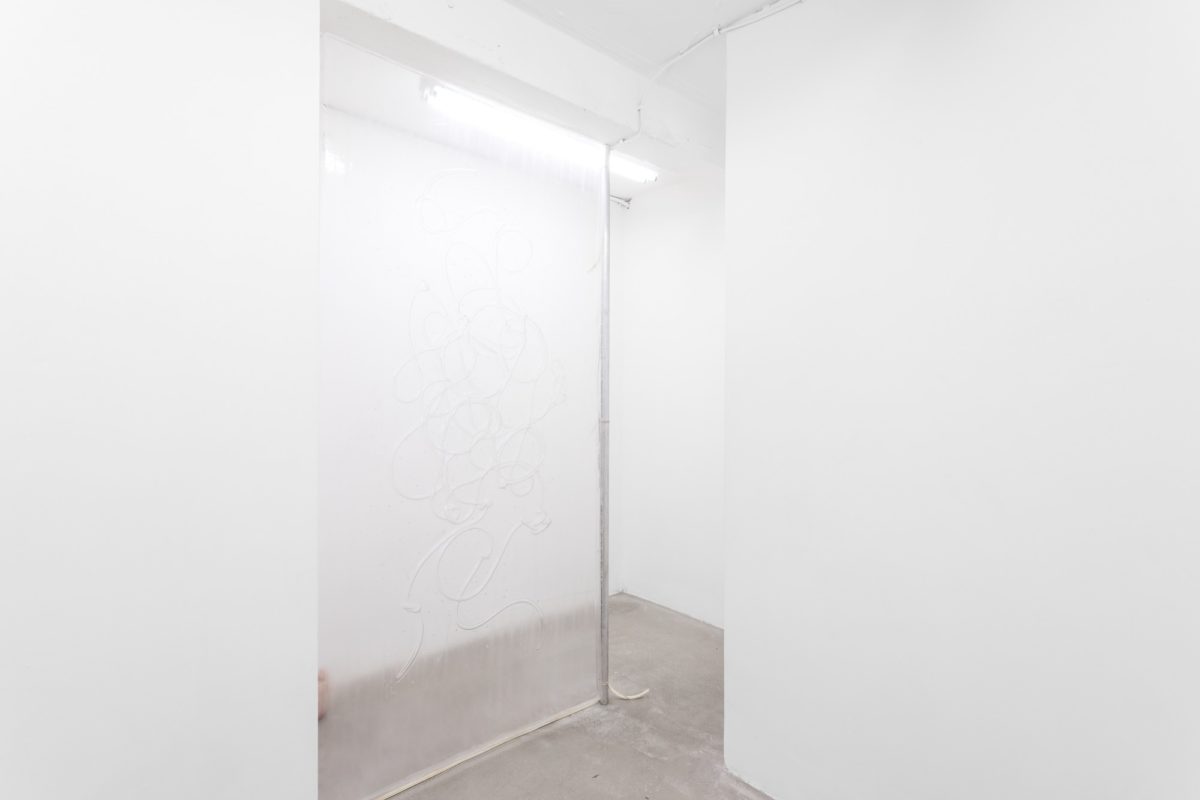

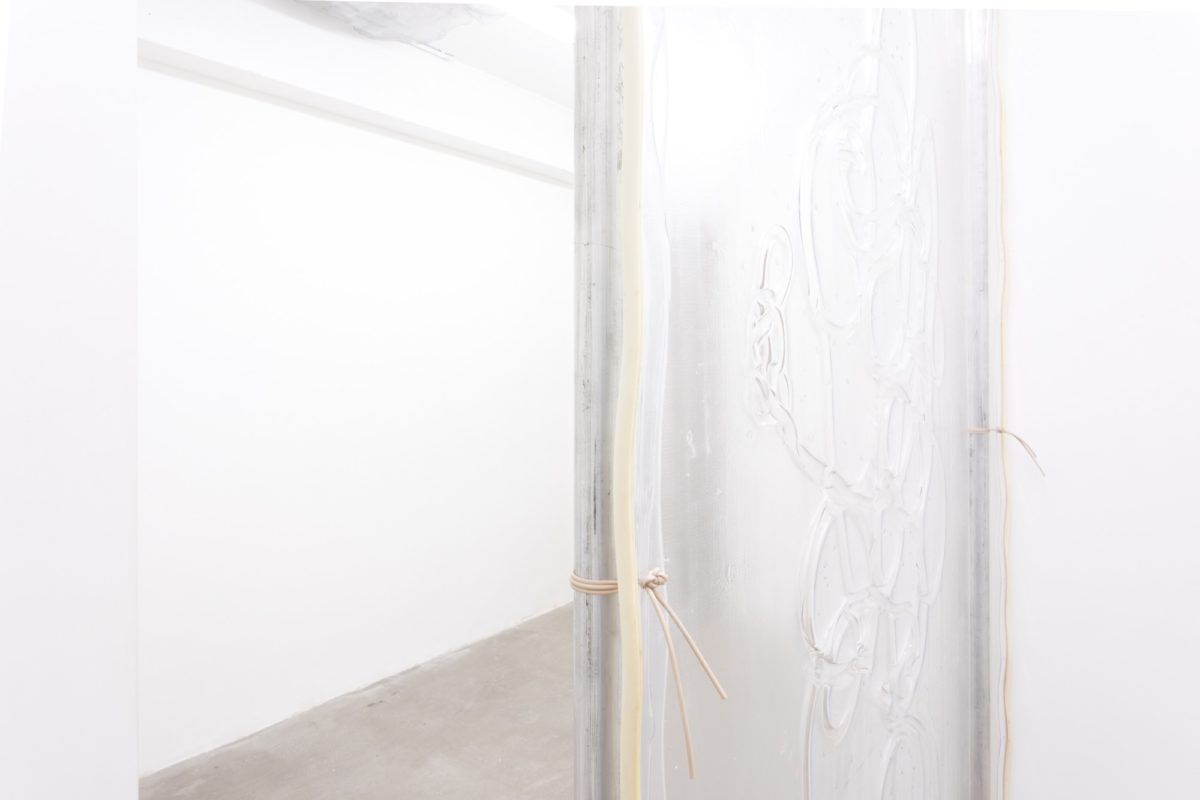
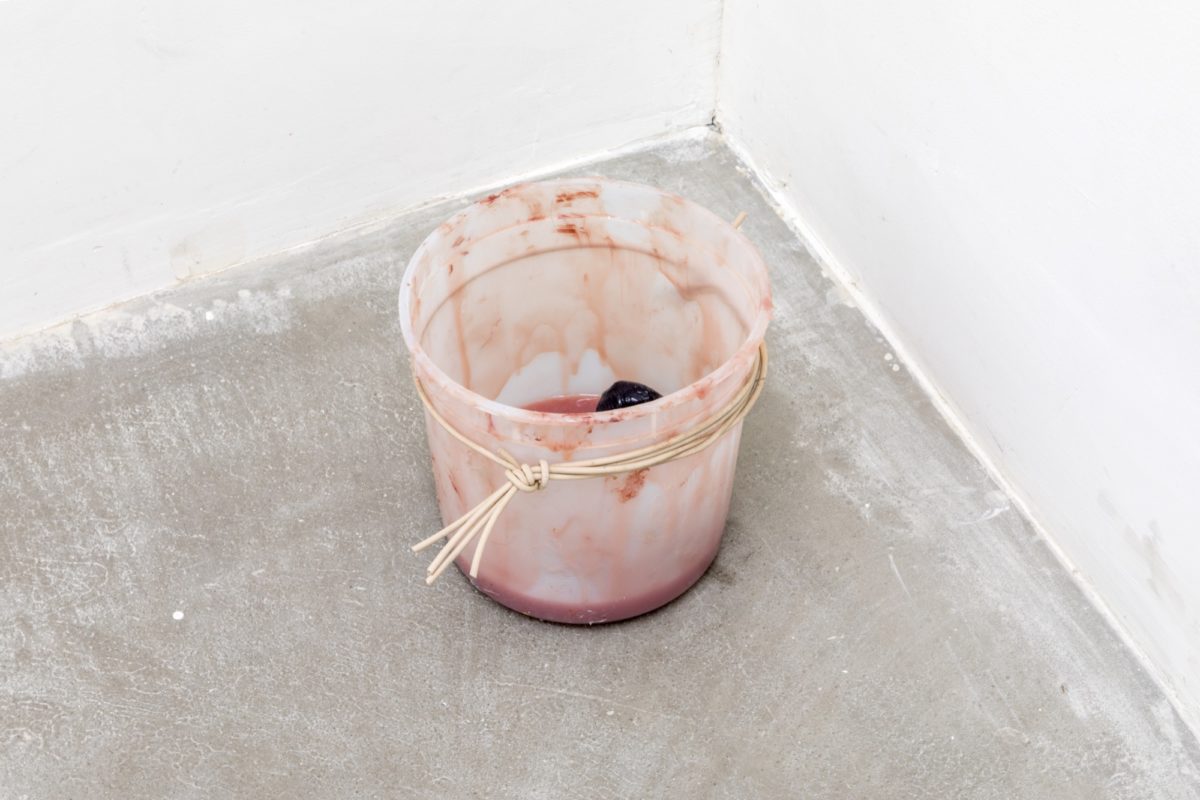

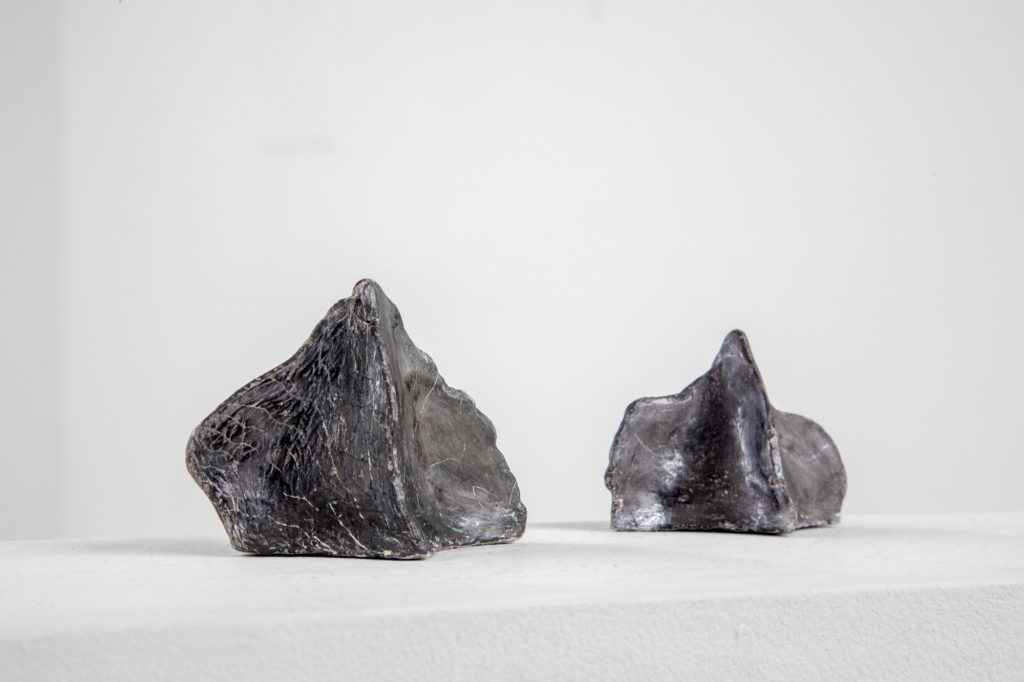
Thea Yabut
fin pinch
Thea Yabut – fin pinch, 2017
Clay, chalk pastel, graphite

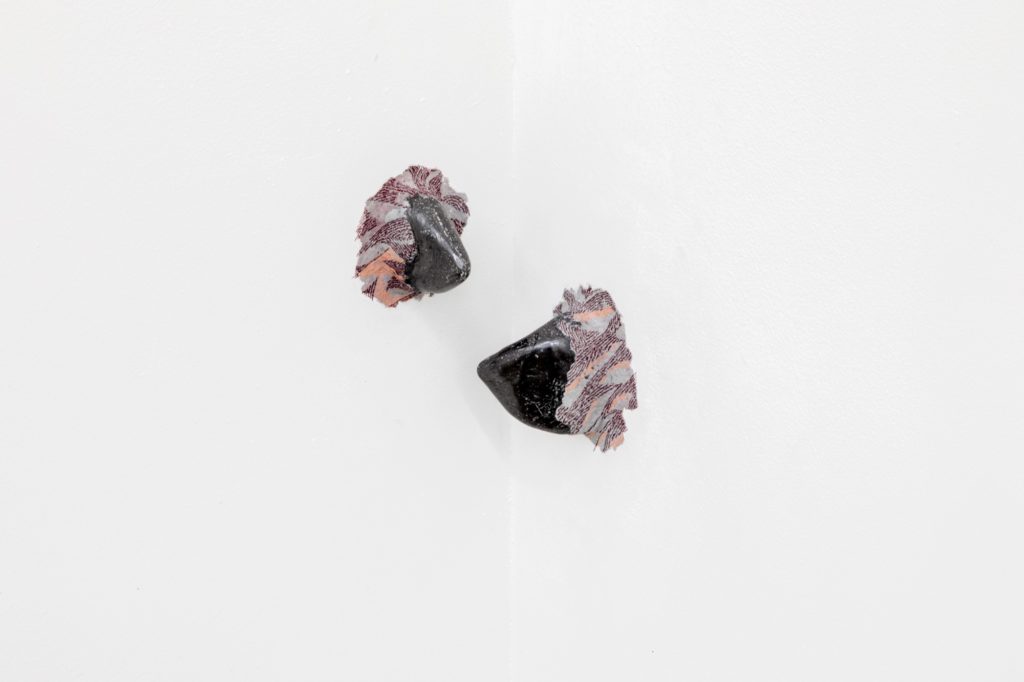
Thea Yabut
felt tips
Thea Yabut – felt tips, 2017
Clay, paper pulp, graphite

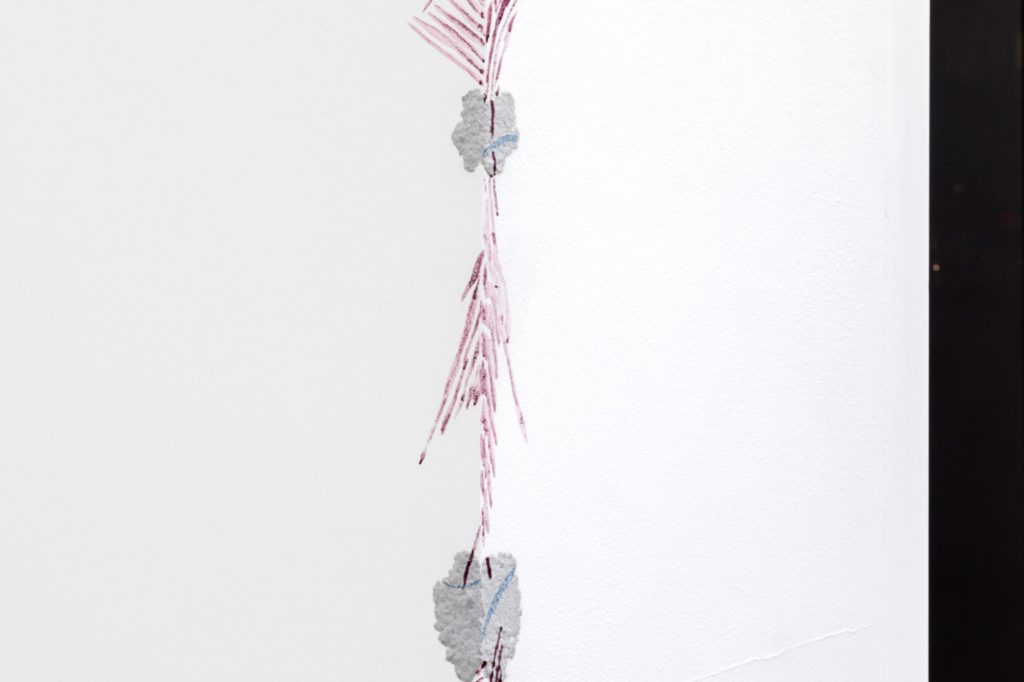
Thea Yabut
spine pulp
Thea Yabut – spine pulp, 2017
Paper pulp, chalk pastel, pencil crayon
Dimensions variable

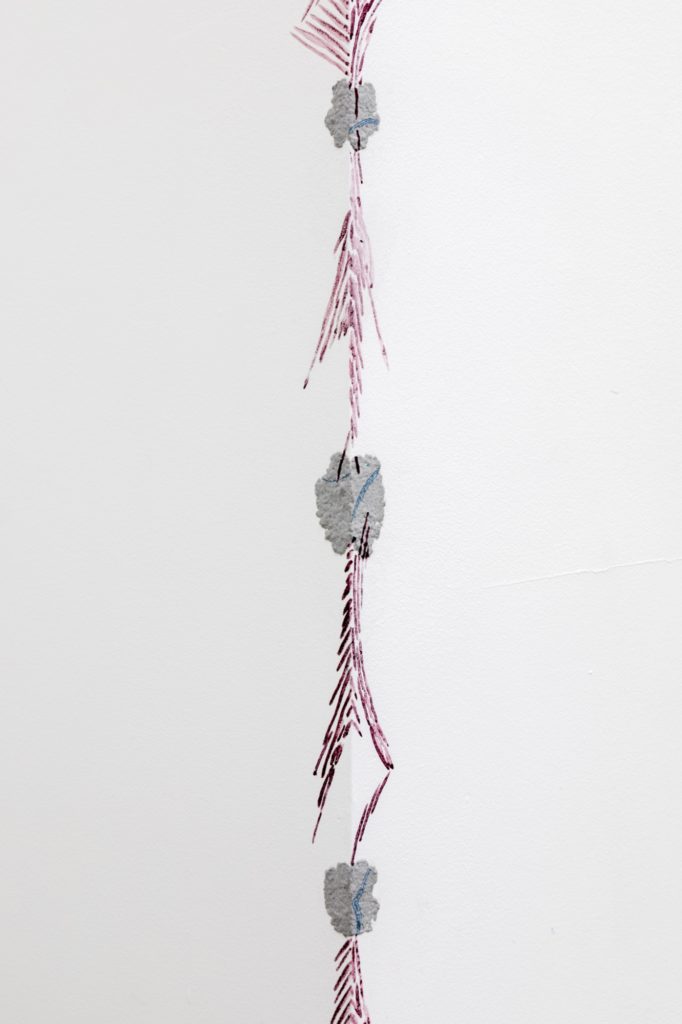
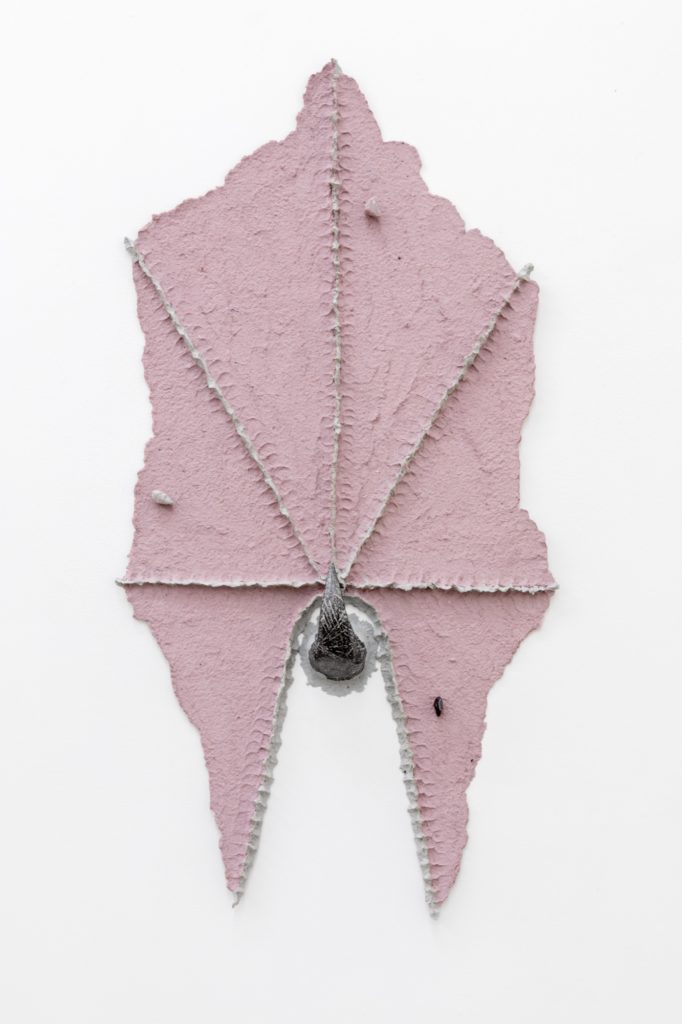
Thea Yabut
palmate snag
Thea Yabut – palmate snag, 2017
Paper pulp, glue, joint compound, chalk pastel, pencil shavings, clay, graphite

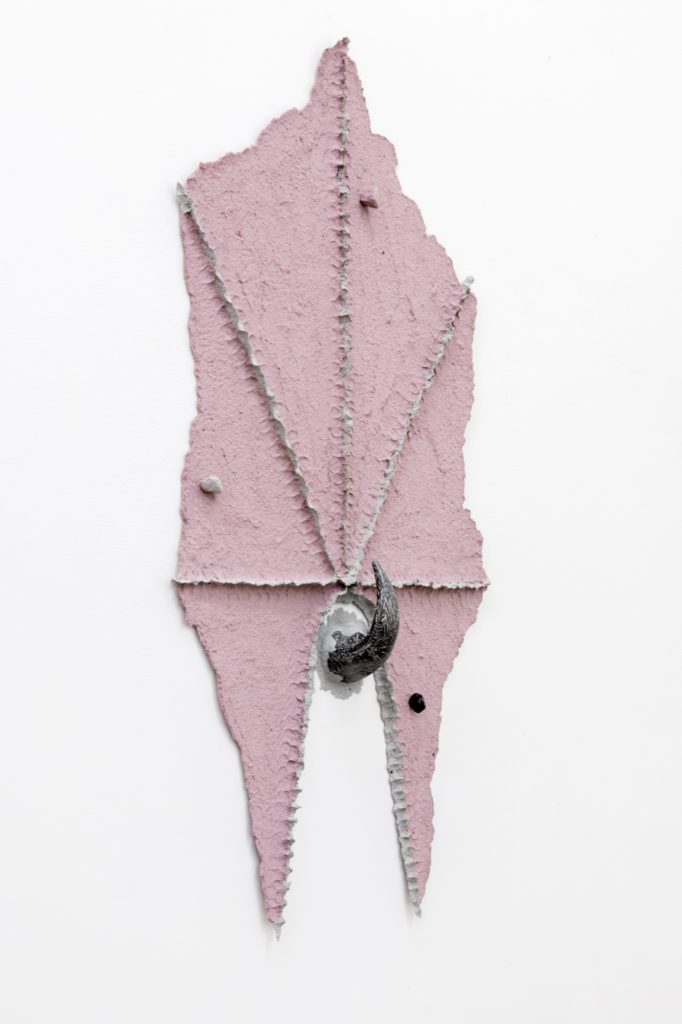
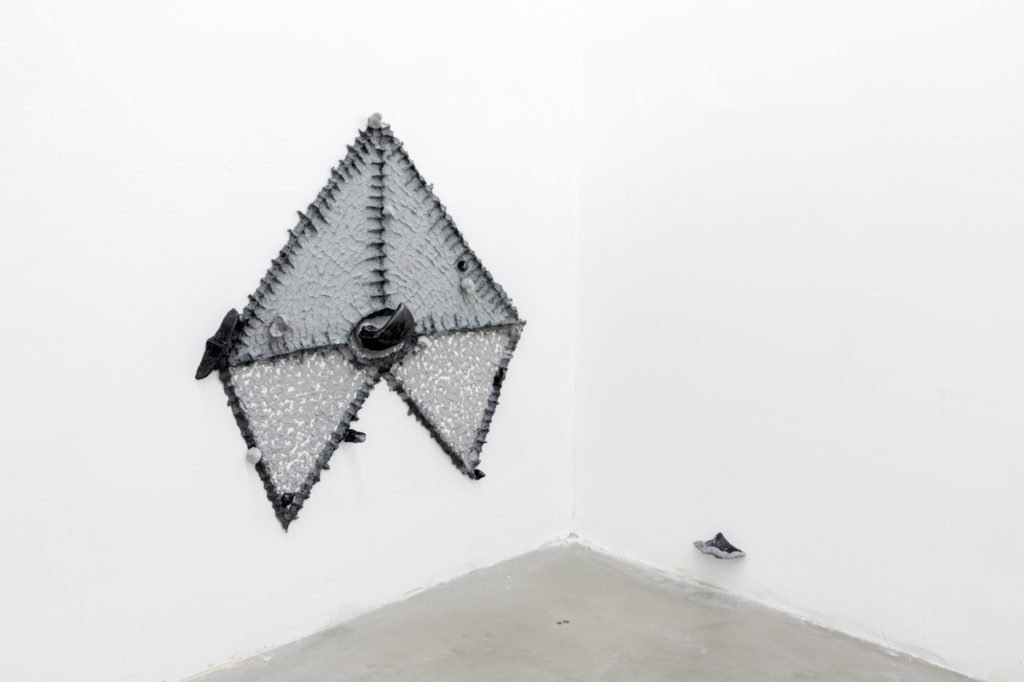
Thea Yabut
spicule
Thea Yabut – spicule, 2017
Paper pulp, glue, joint compound, chalk pastel, pencil shavings, clay, graphite

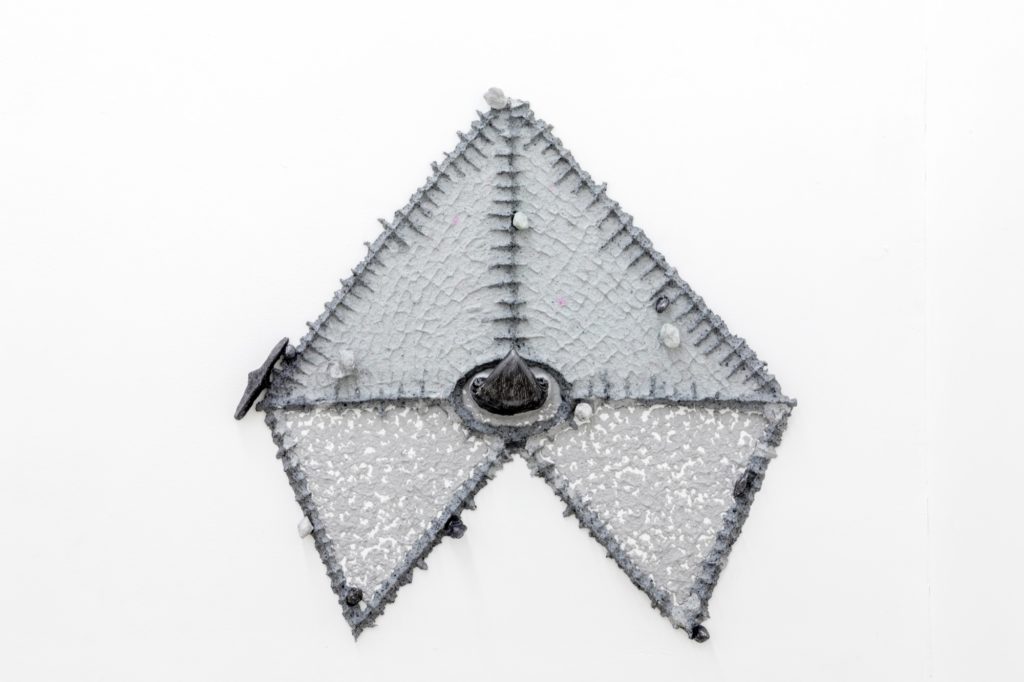
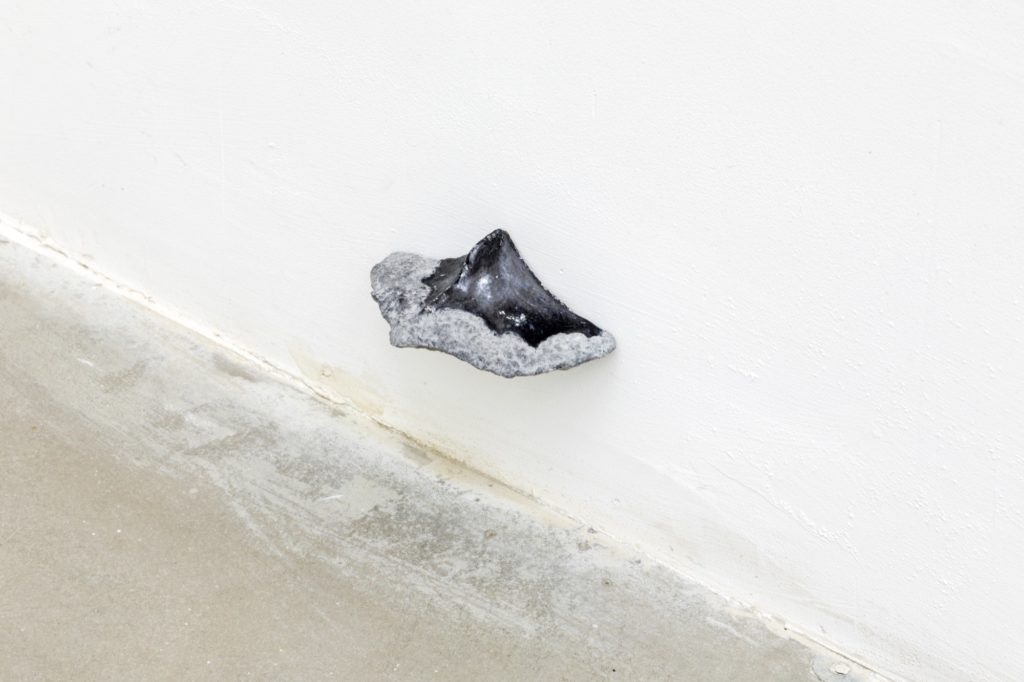
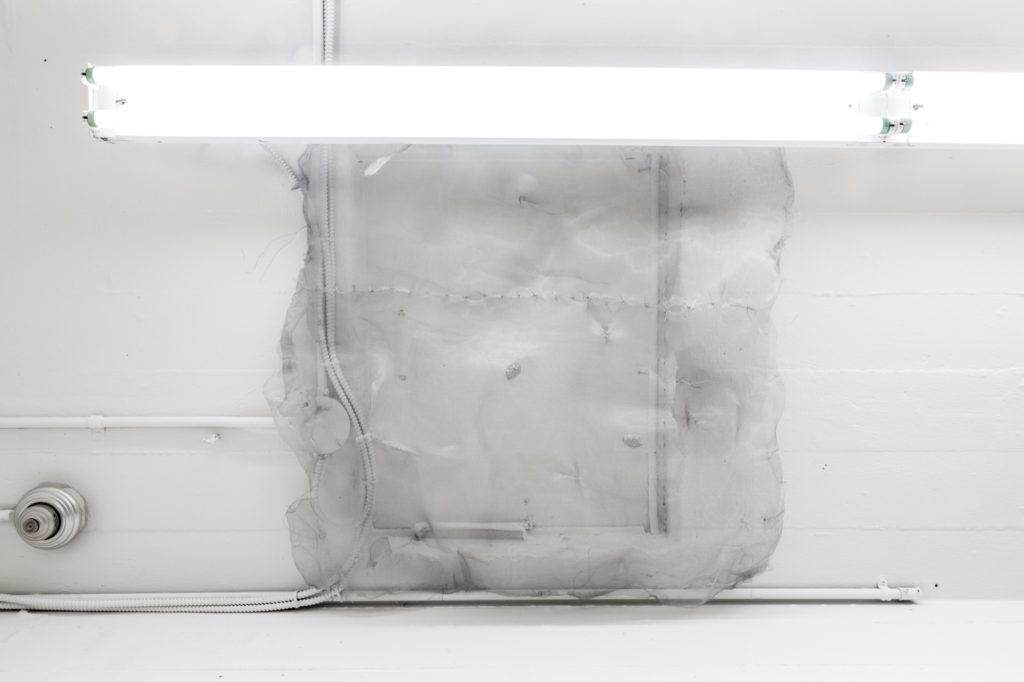
Laurie Kang
Spit pits
Laurie Kang – Spit pits, 2017
Cast aluminium peach pits






Laurie Kang
Screen
Laurie Kang – Screen, 2017
Aluminium netting, steel wire



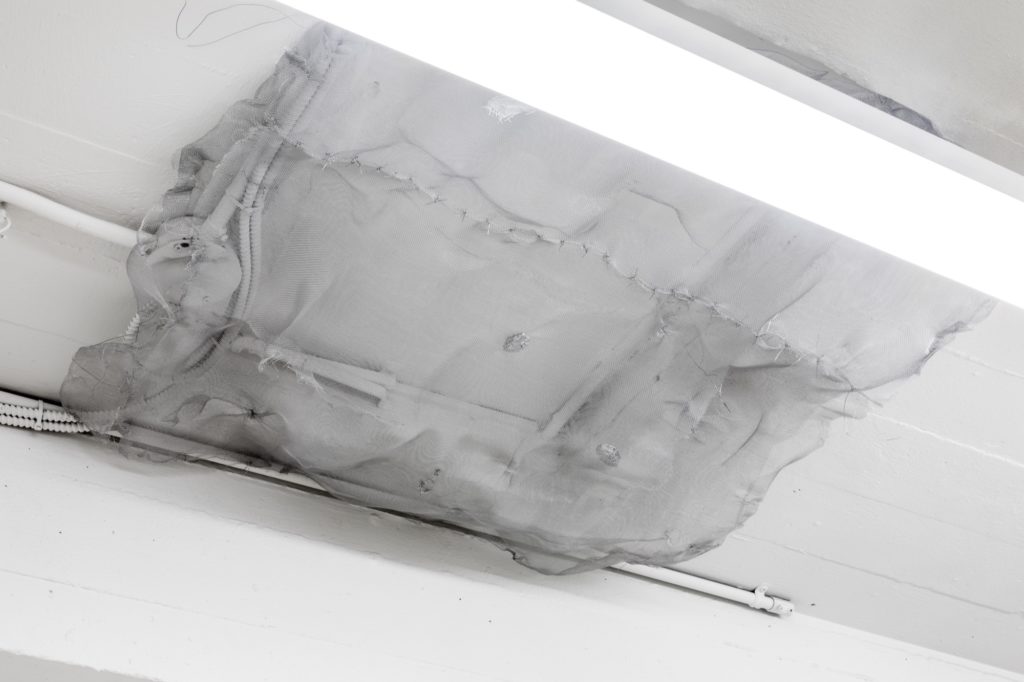



Laurie Kang
Worm
Laurie Kang – Worm, 2017
Polymer clay, pigmented silicone, rubber tubing, bucket






Laurie Kang
Interior Wall
Laurie Kang – Interior Wall, 2017
Acrylic, aluminium bars, rubber tubing, siding, hardware


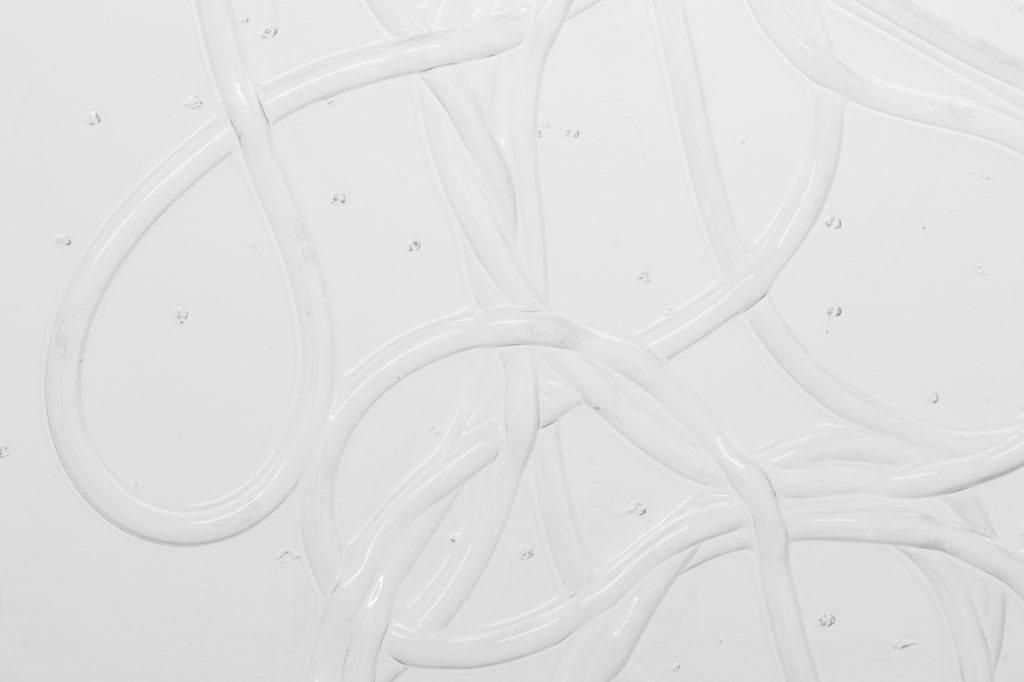

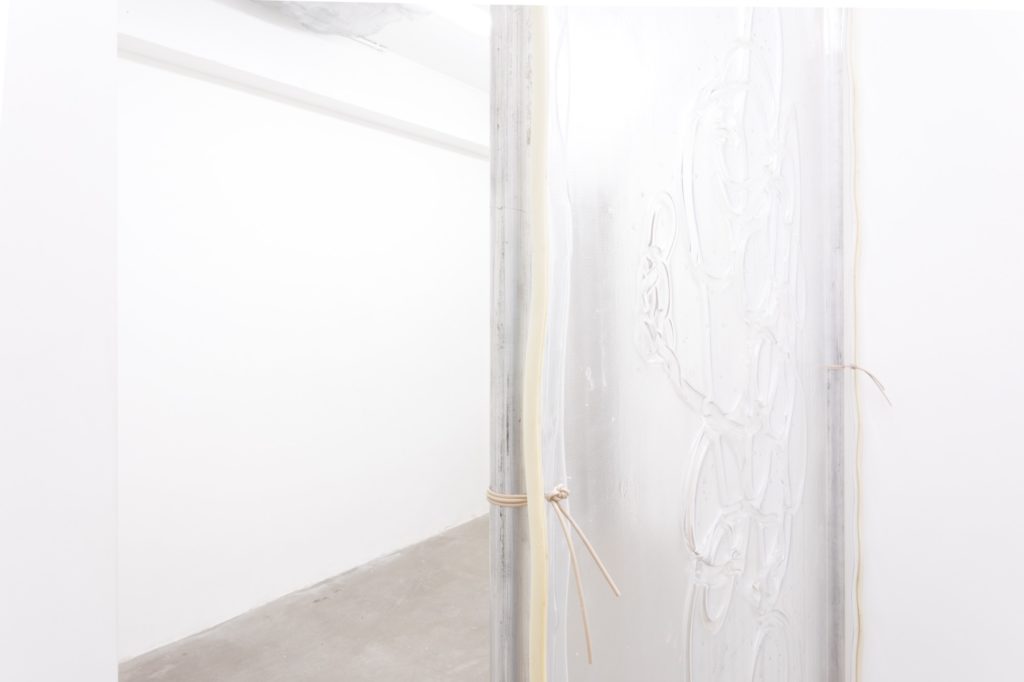



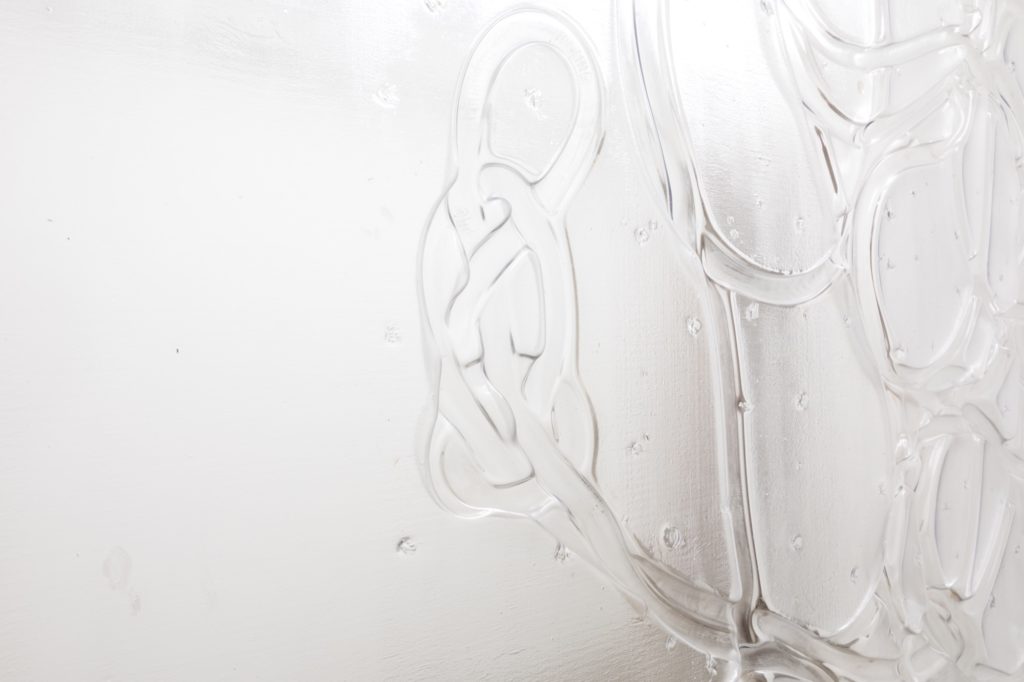



Beth Stuart
Accessing Push
Beth Stuart – Accessing Push, 2017
Venetian plaster
Dimensions variable






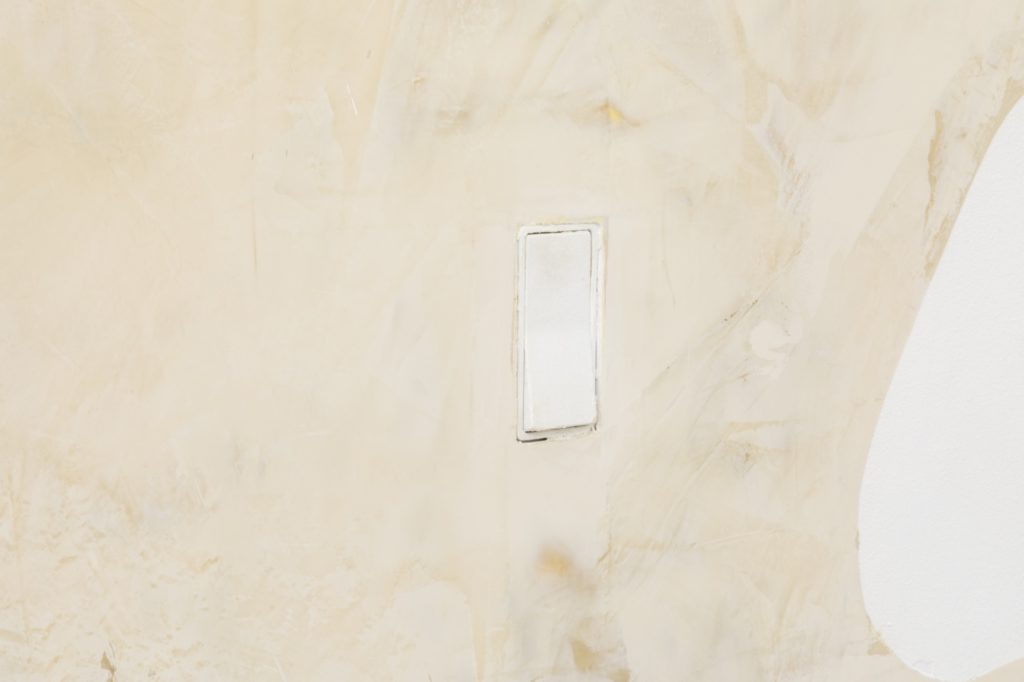



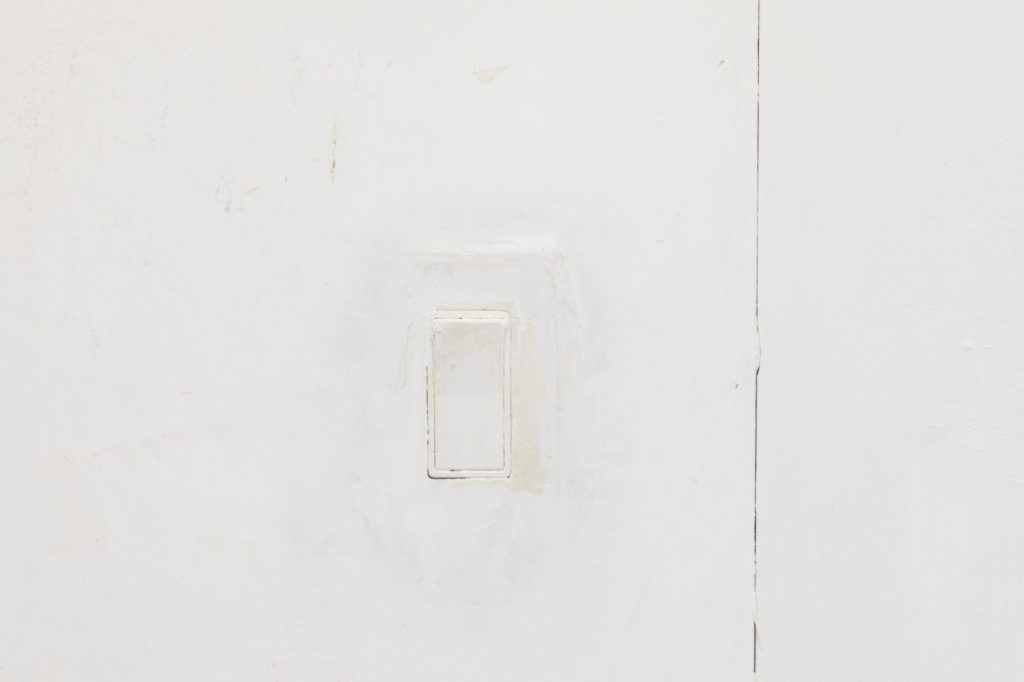











Beth Stuart
Design Within Reach (after Vionnet)
Beth Stuart – Design Within Reach (after Vionnet), 2017
Venetian plaster
Dimensions variable




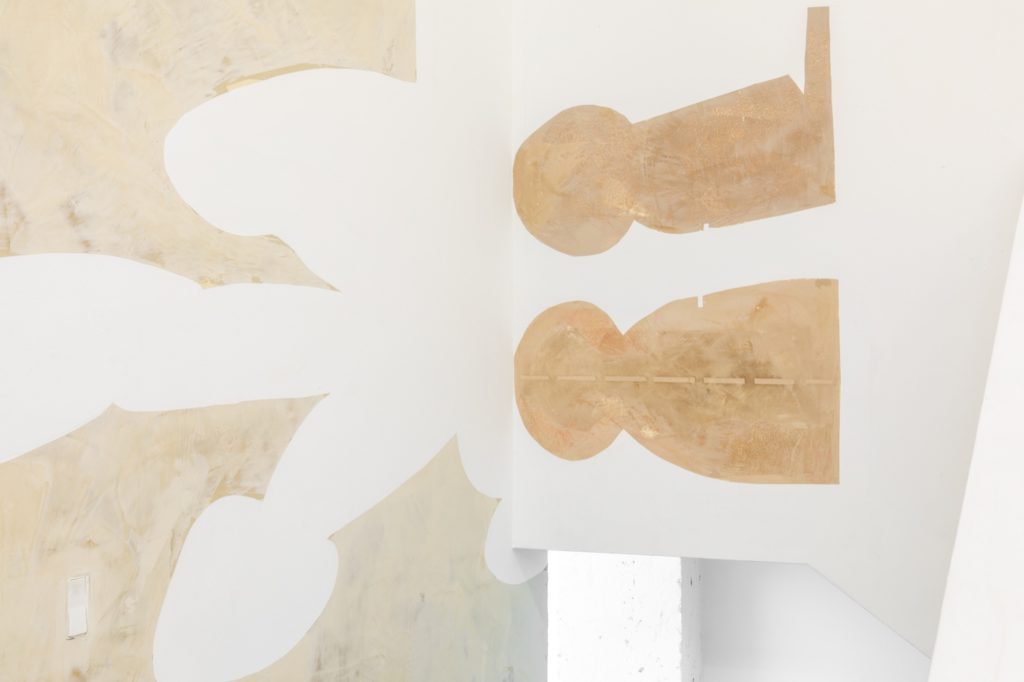

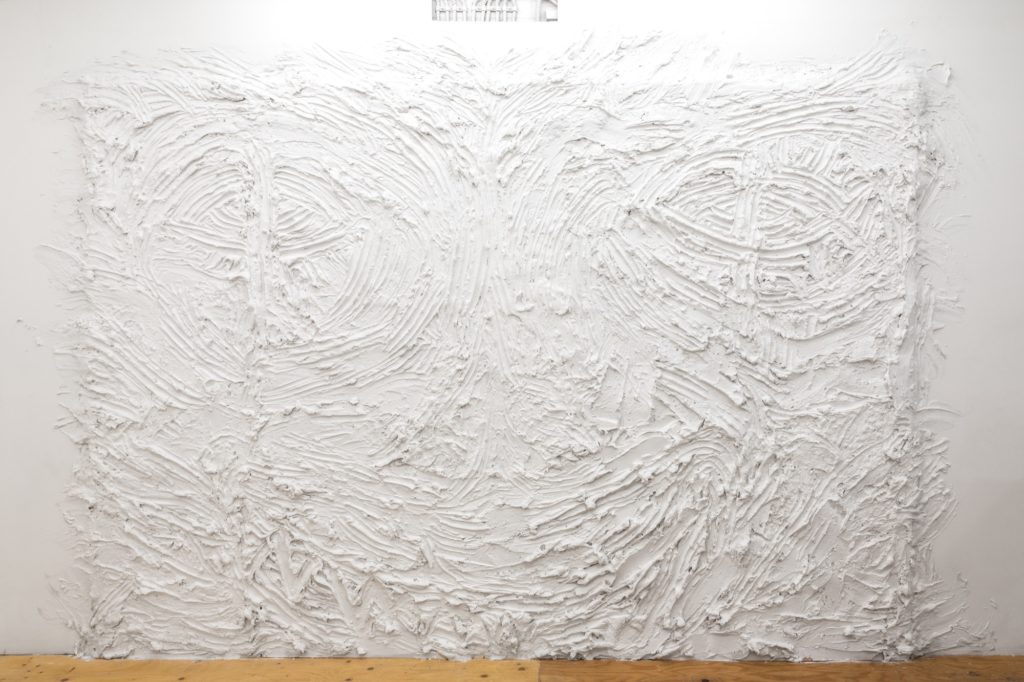

Chloe Seibert
True Freak
Chloe Seibert – True Freak, 2017
Paint and plaster


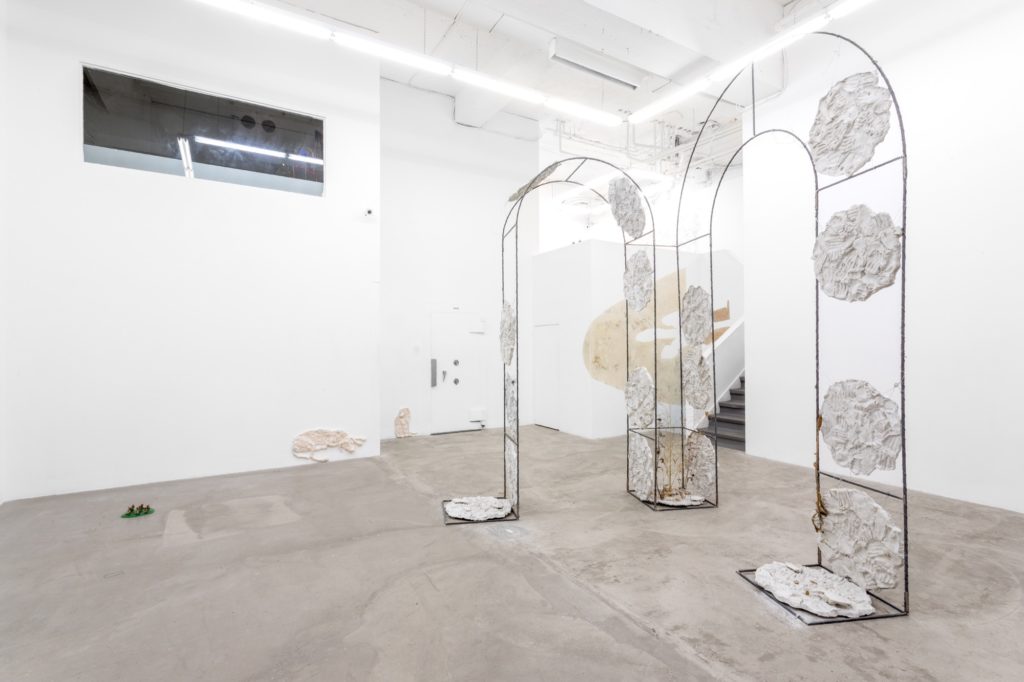

Jenine Marsh
wastelanders
Jenine Marsh – wastelanders, 2017
Steel, gypsum cement, wire, weeds, coins


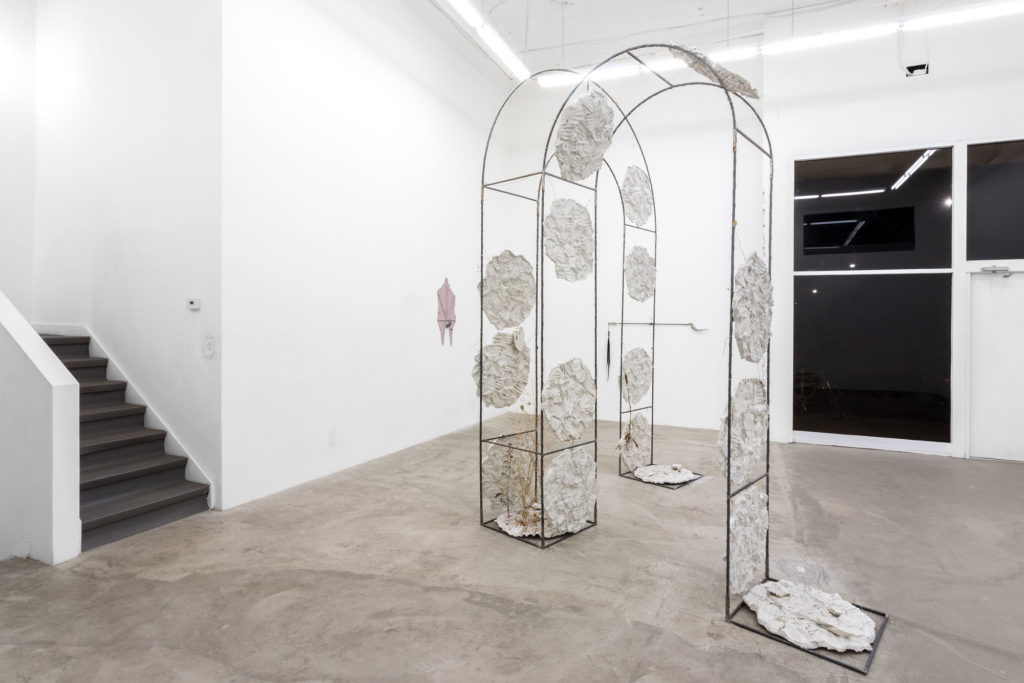





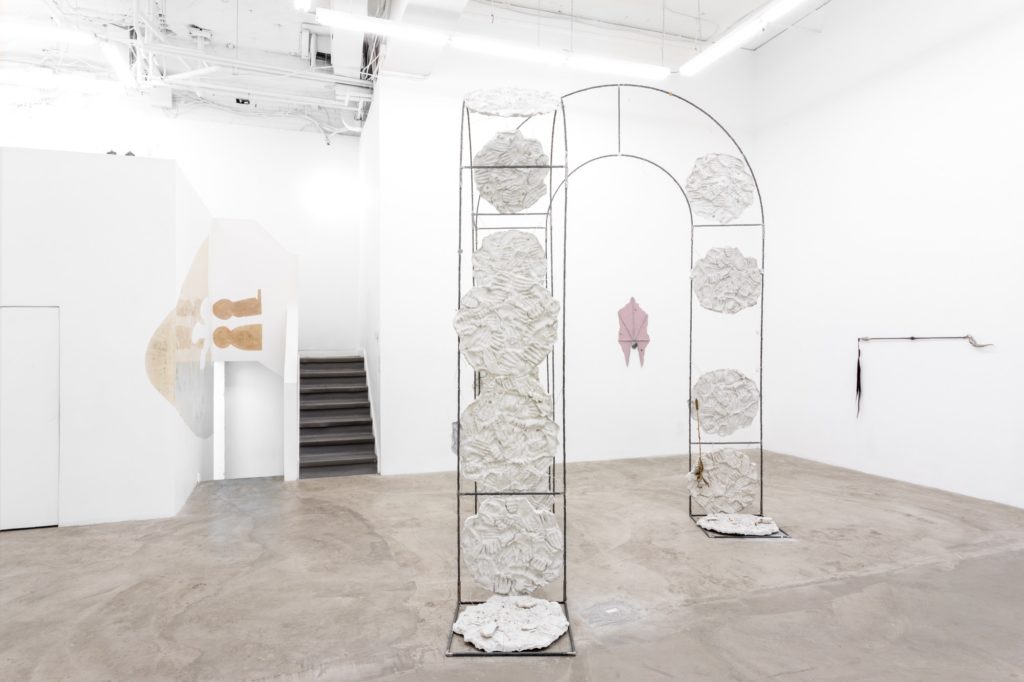





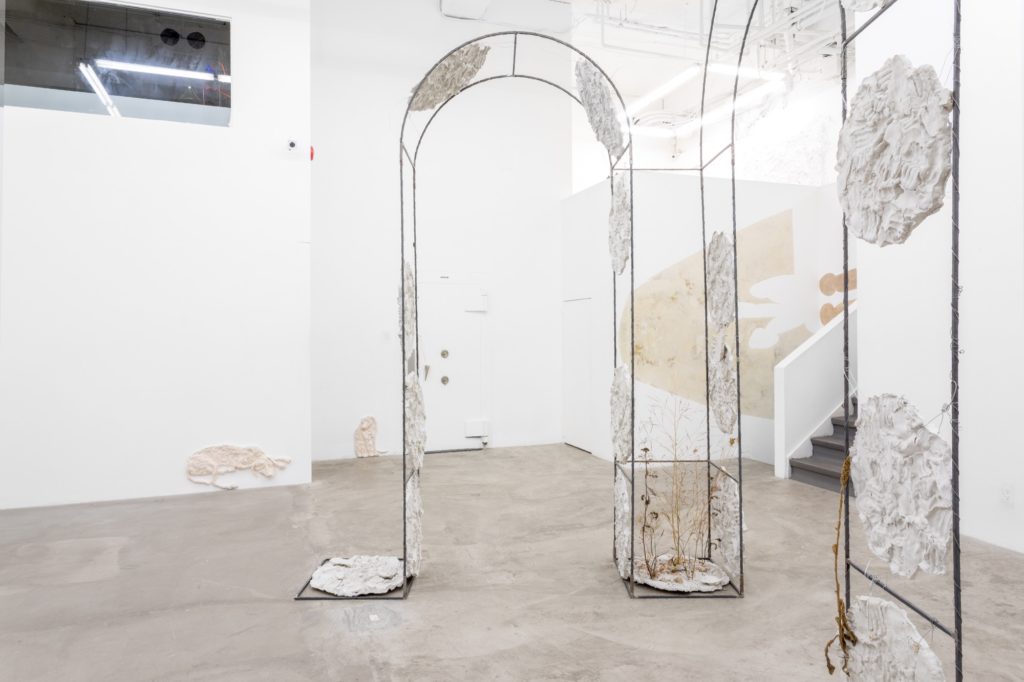



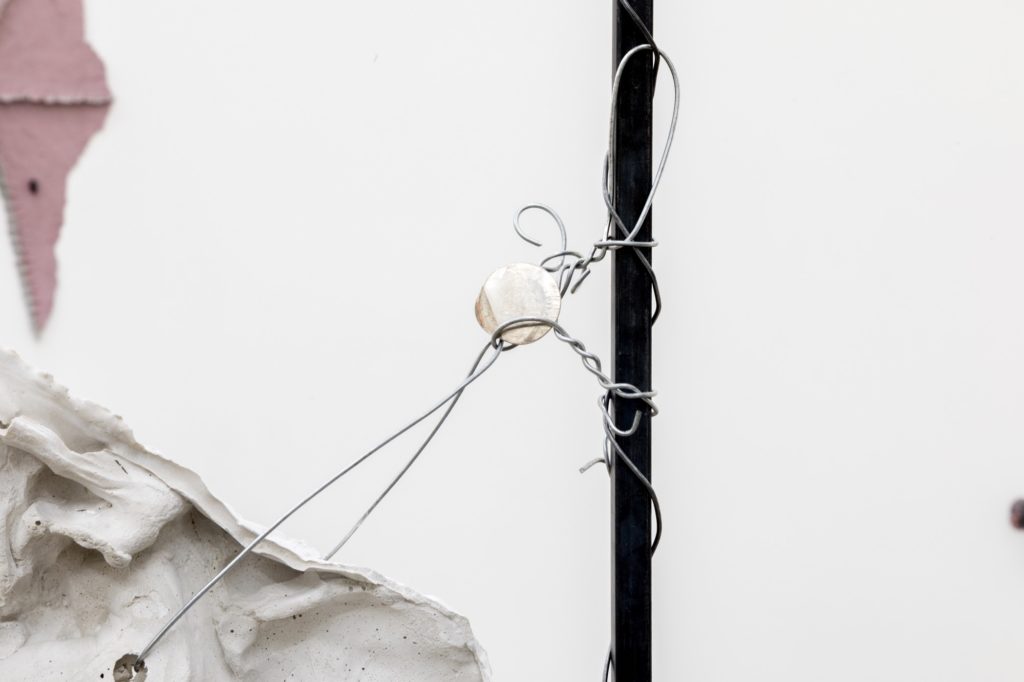

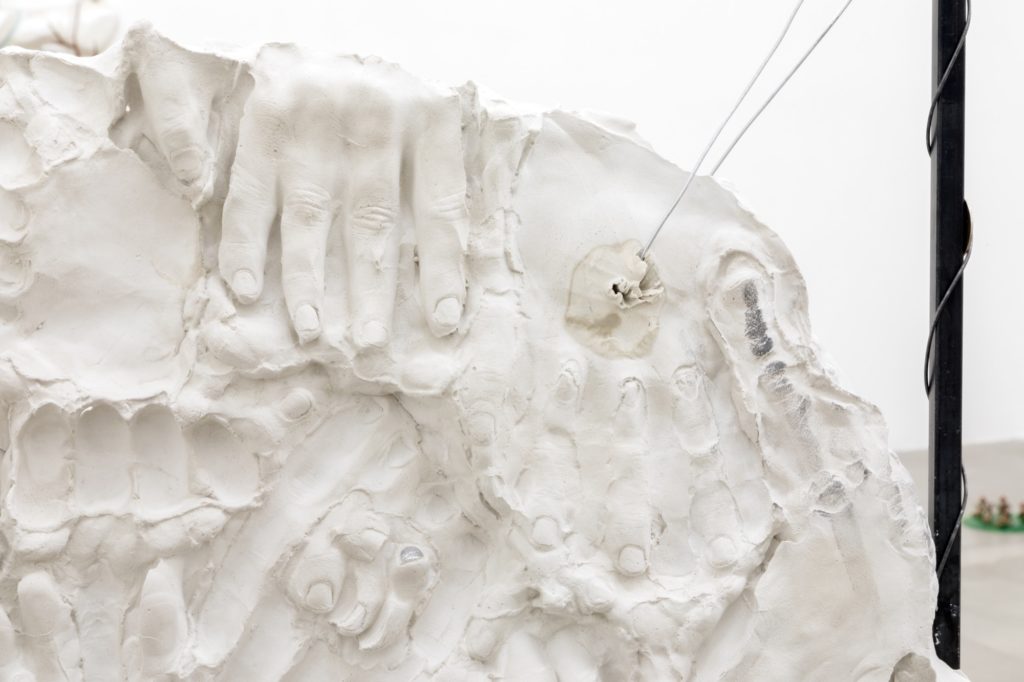







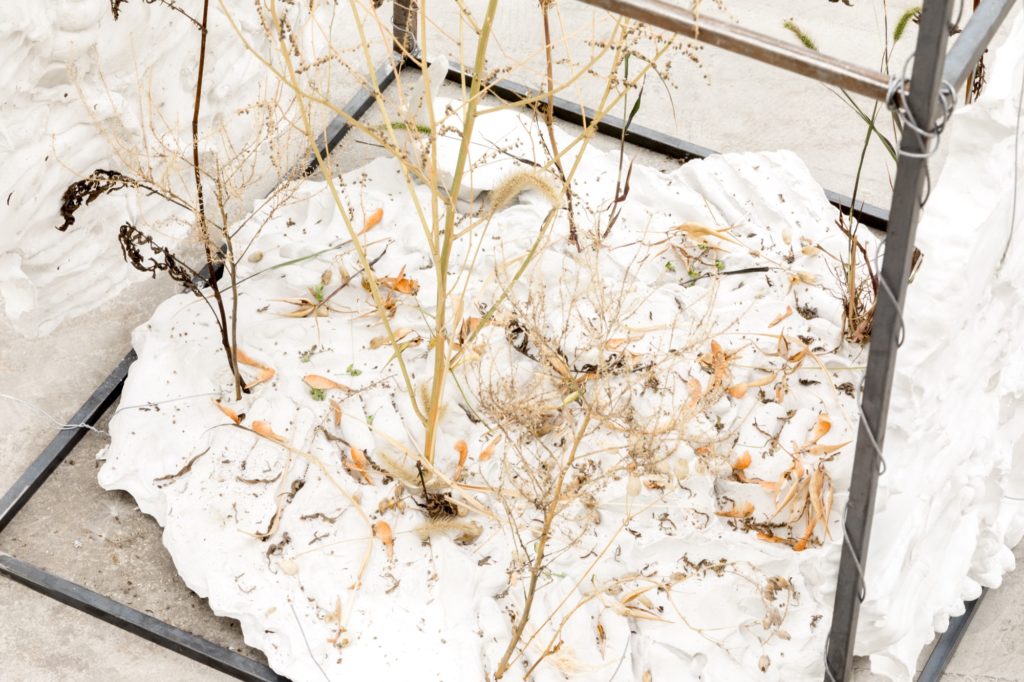

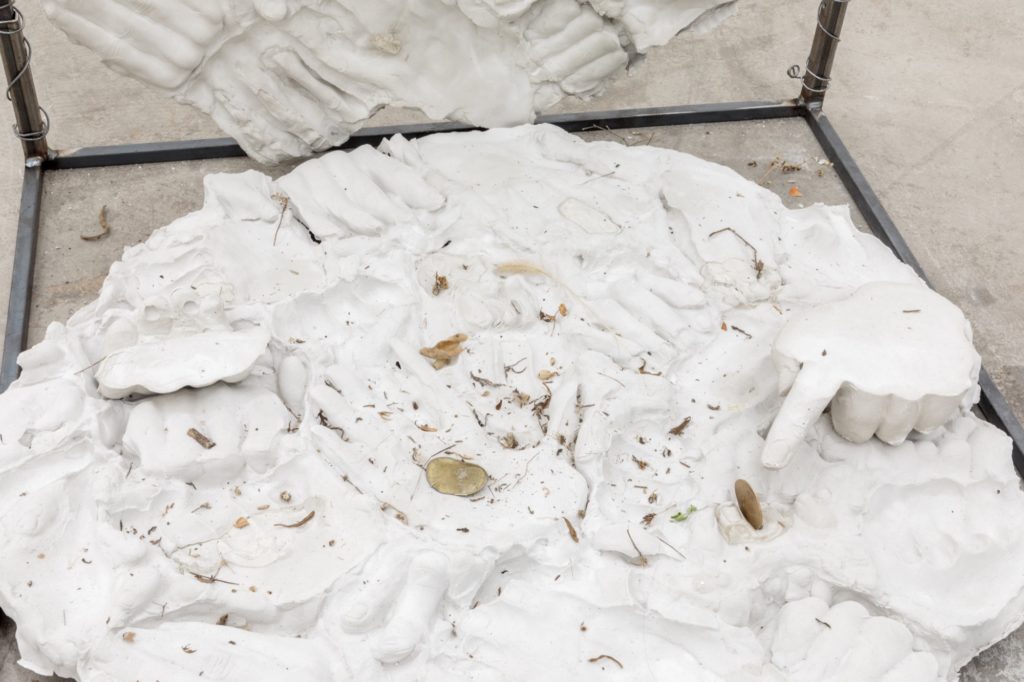



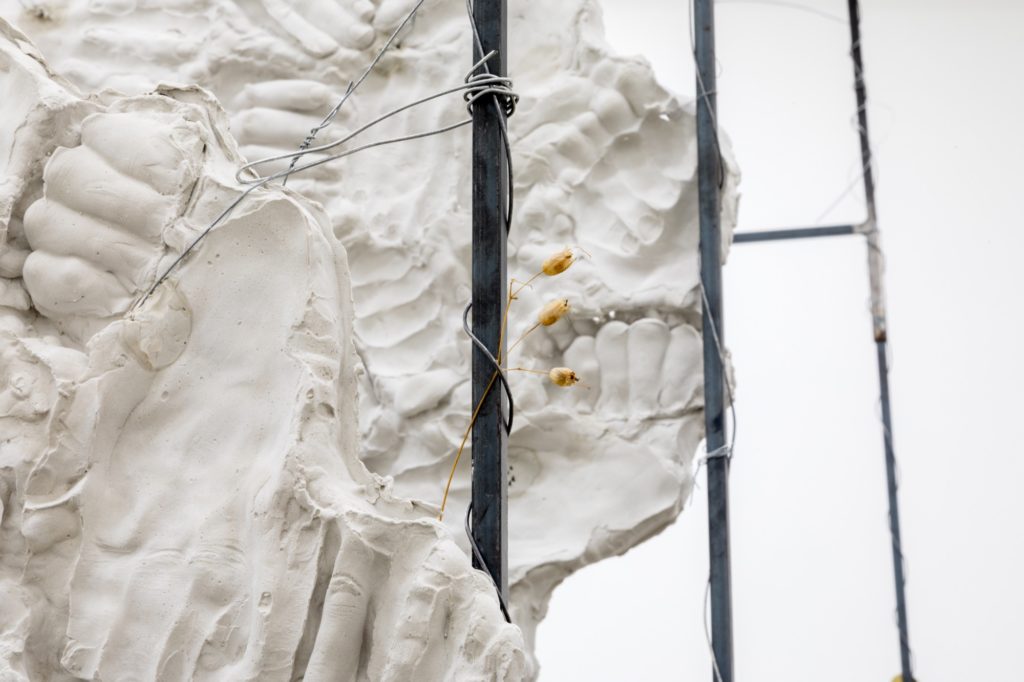

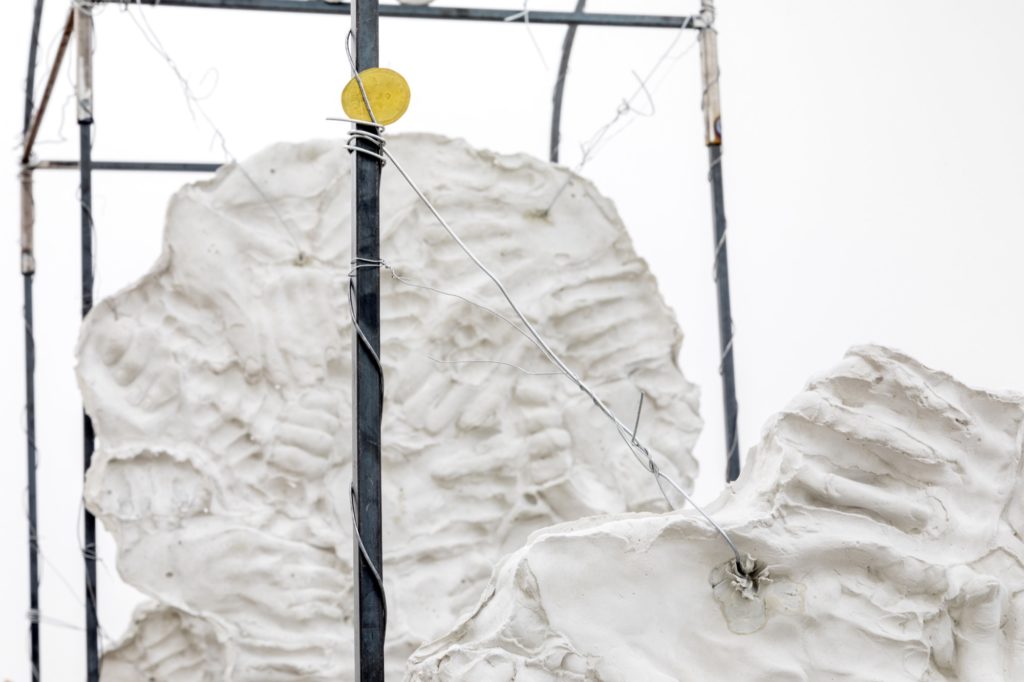

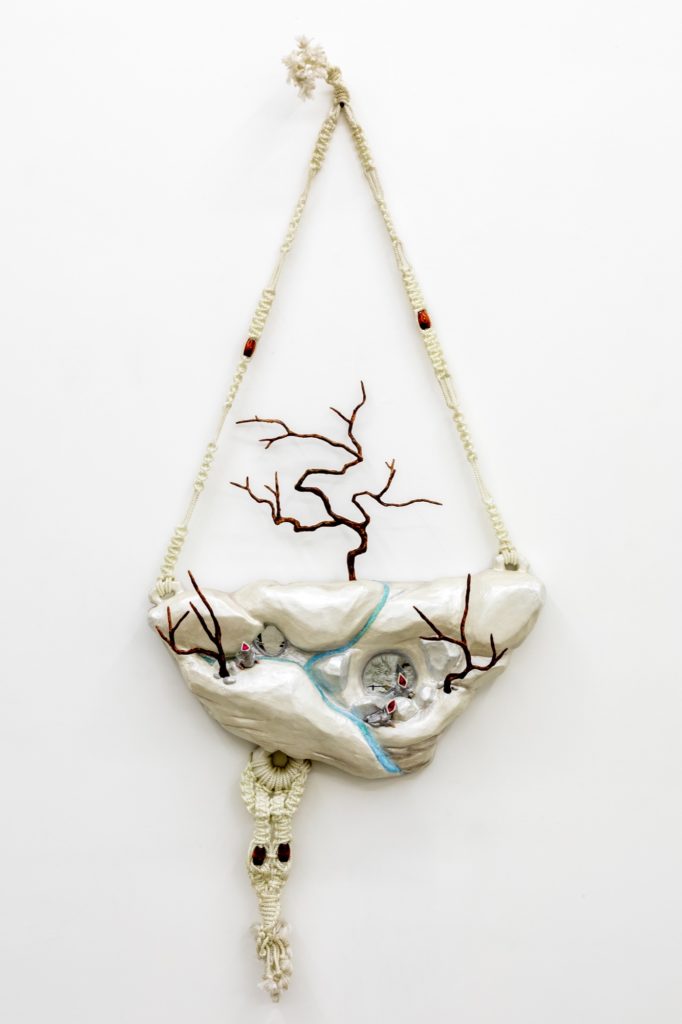

Mindy Rose Schwartz
After Falling Out of Their Nest, Baby Birds Land on the Face of a Cliff. Weary and confused, Their Lives Hang in the Balance.
Mindy Rose Schwartz – After Falling Out of Their Nest, Baby Birds Land on the Face of a Cliff. Weary and confused, Their Lives Hang in the Balance., 2015
Wood, foam, plaster, wire, rope


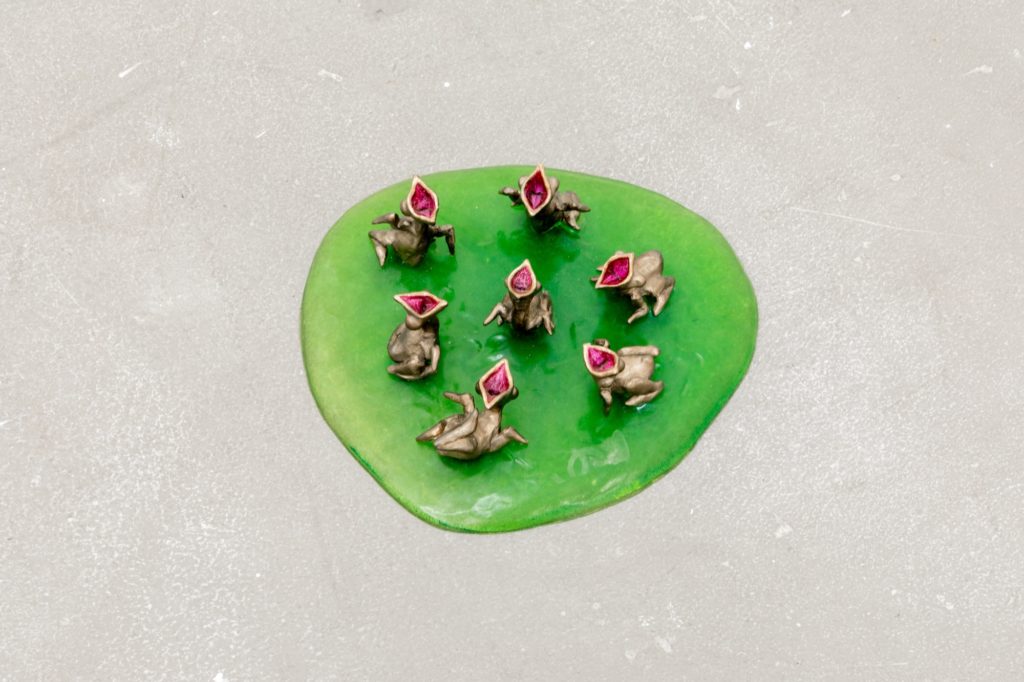

Mindy Rose Schwartz
Hungry Baby Birds
Mindy Rose Schwartz – Hungry Baby Birds, 2016
Cast bronze, enamel, cast resin


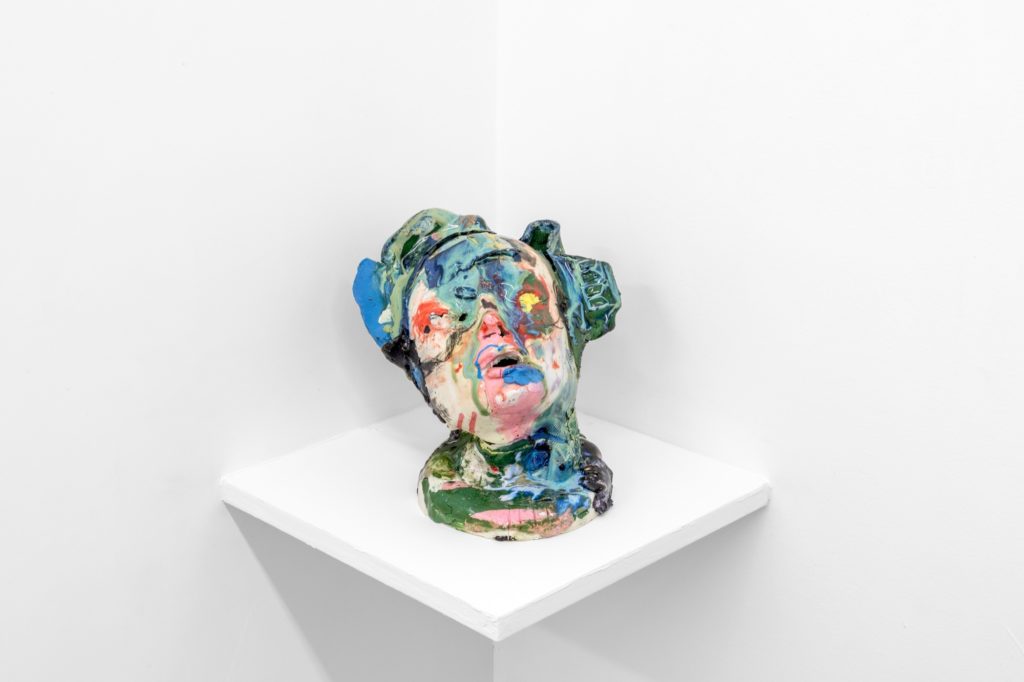

Jennie Jieun Lee
Untitled No. 15
Jennie Jieun Lee – Untitled No. 15, 2016
Porcelain, glaze, underglaze pencil




Candice Lin
Coevolution by Traumatic Insemination: Coridromius
Candice Lin – Coevolution by Traumatic Insemination: Coridromius, 2015
Stainless steel, forged steel. kangaroo lace, hair




Aline Bouvy
Strategy of non cooperation VII
Aline Bouvy – Strategy of non cooperation VII, 2015
Jesmonithe

